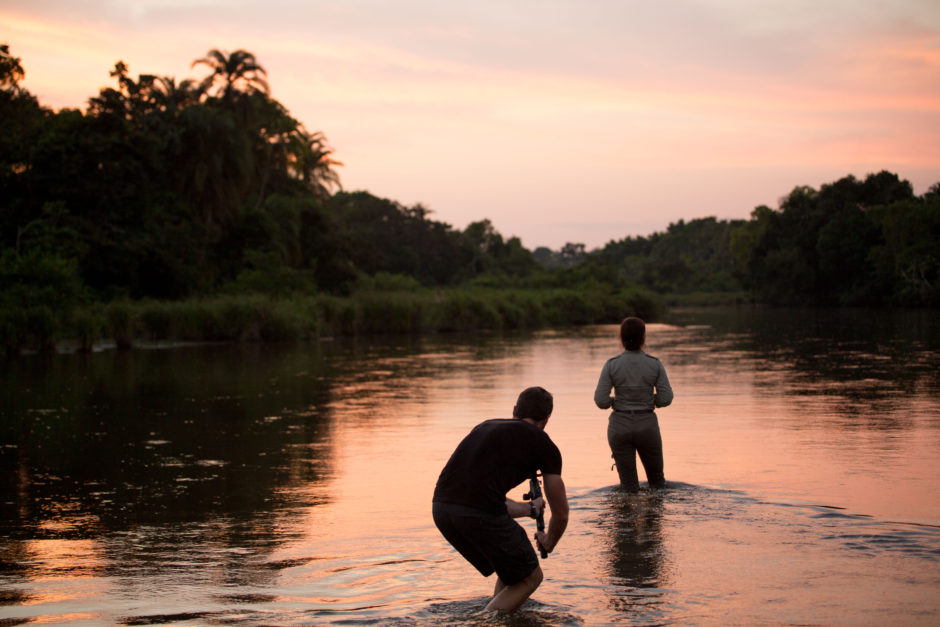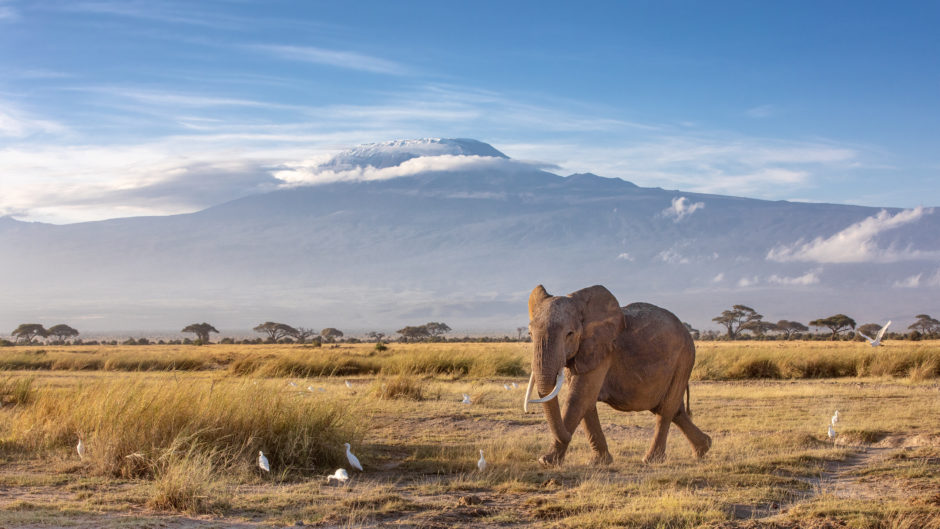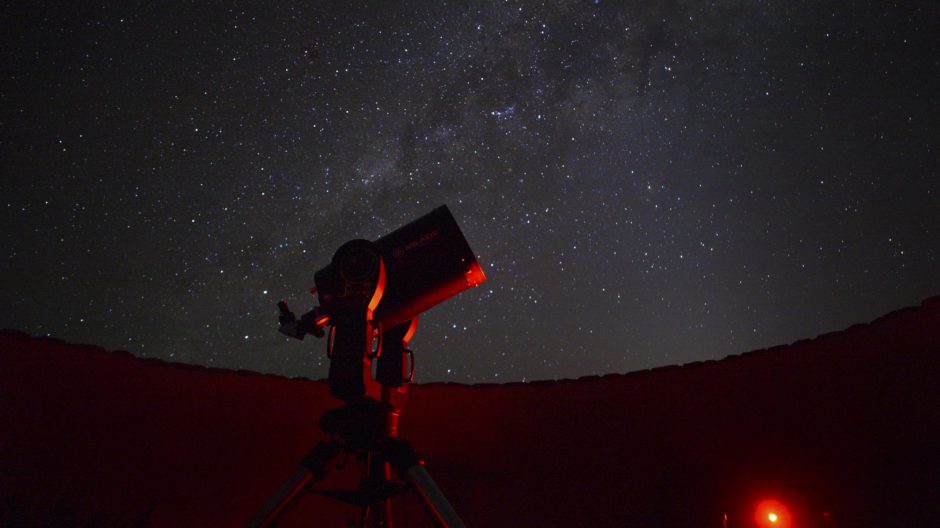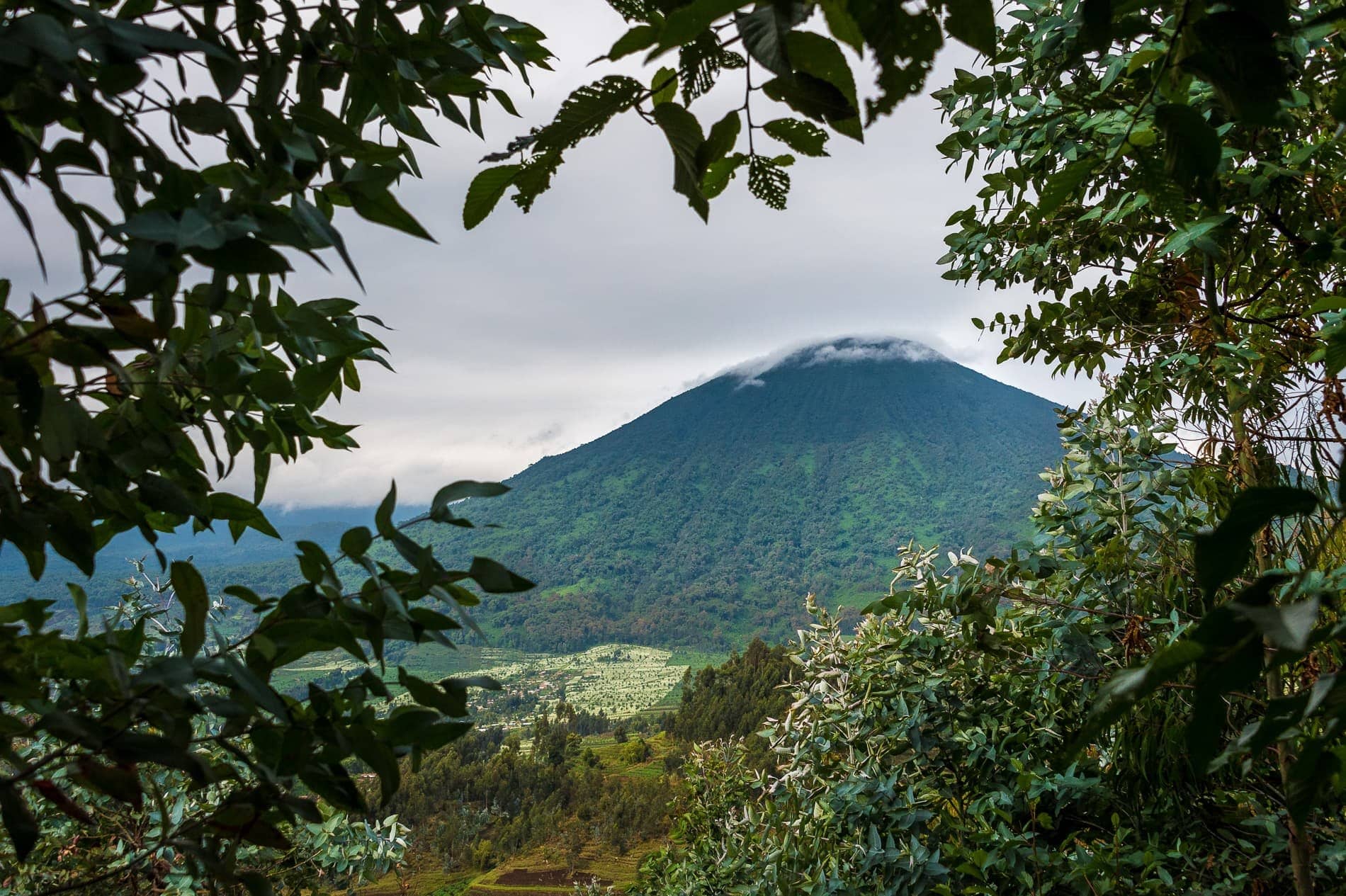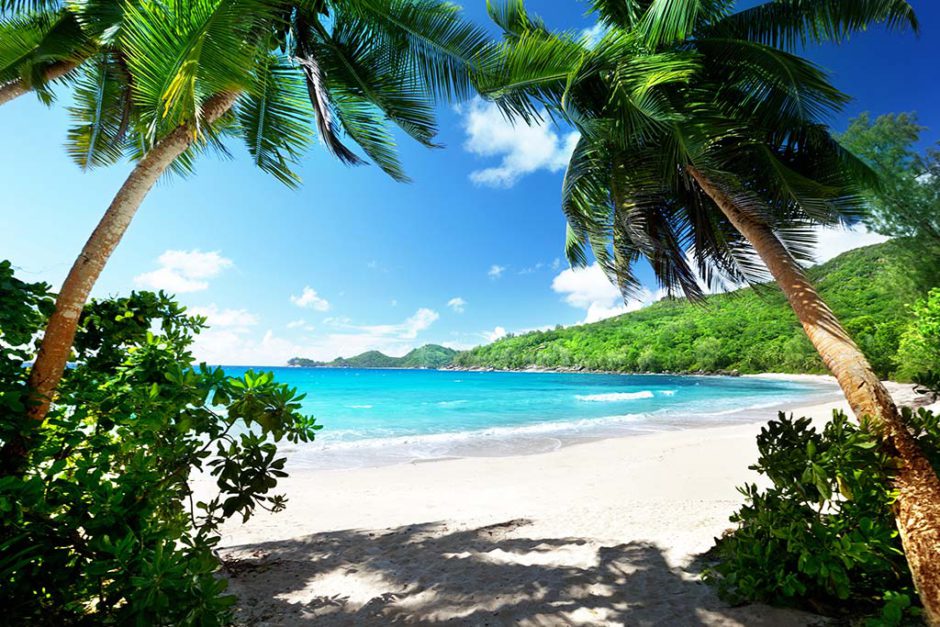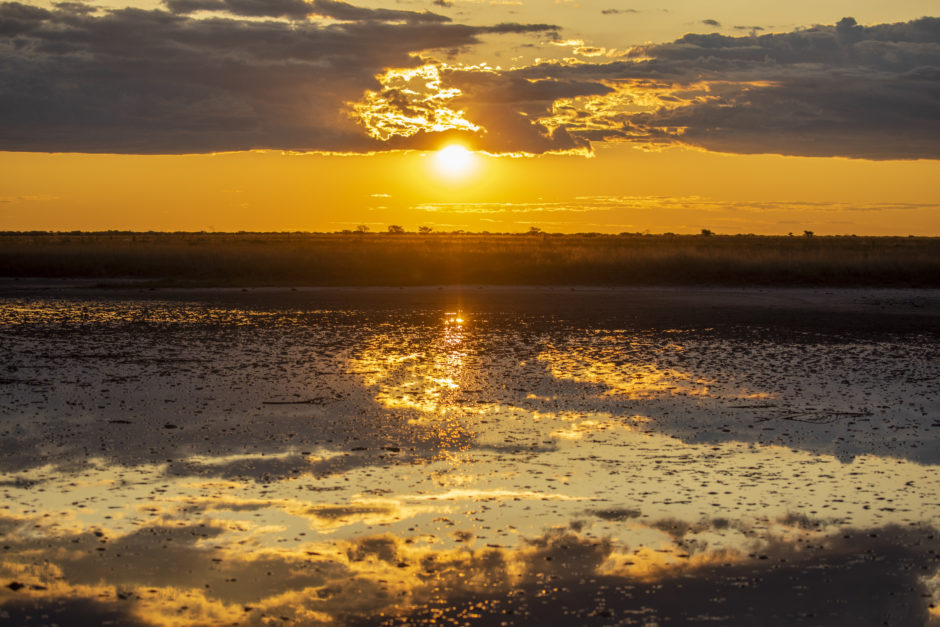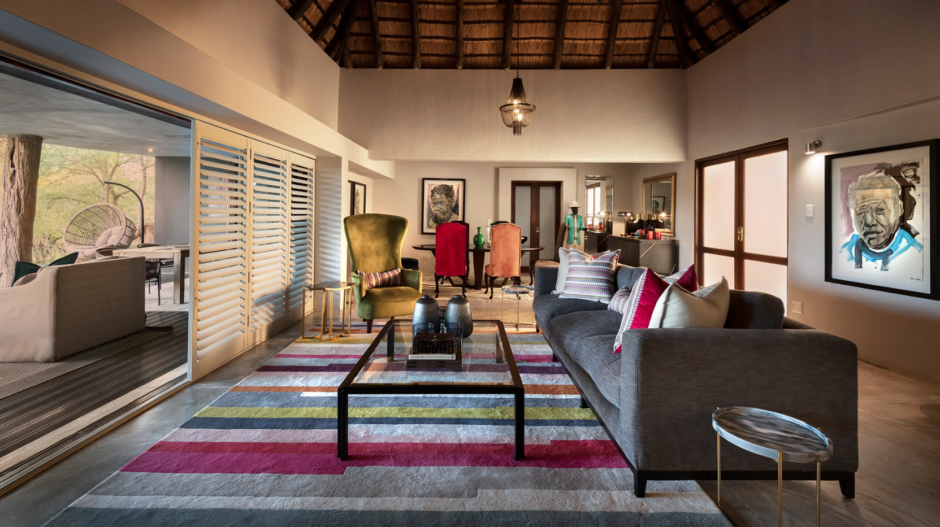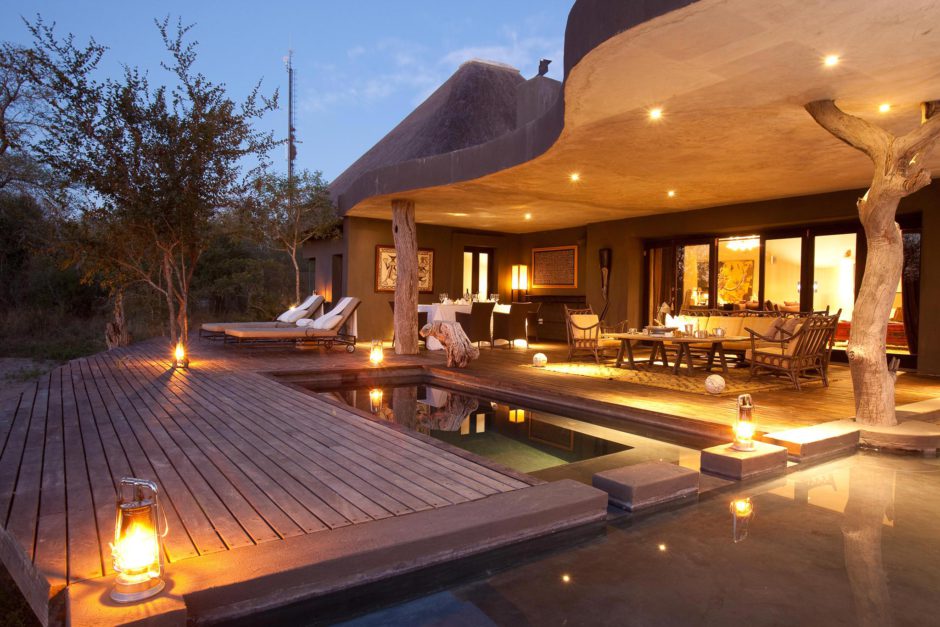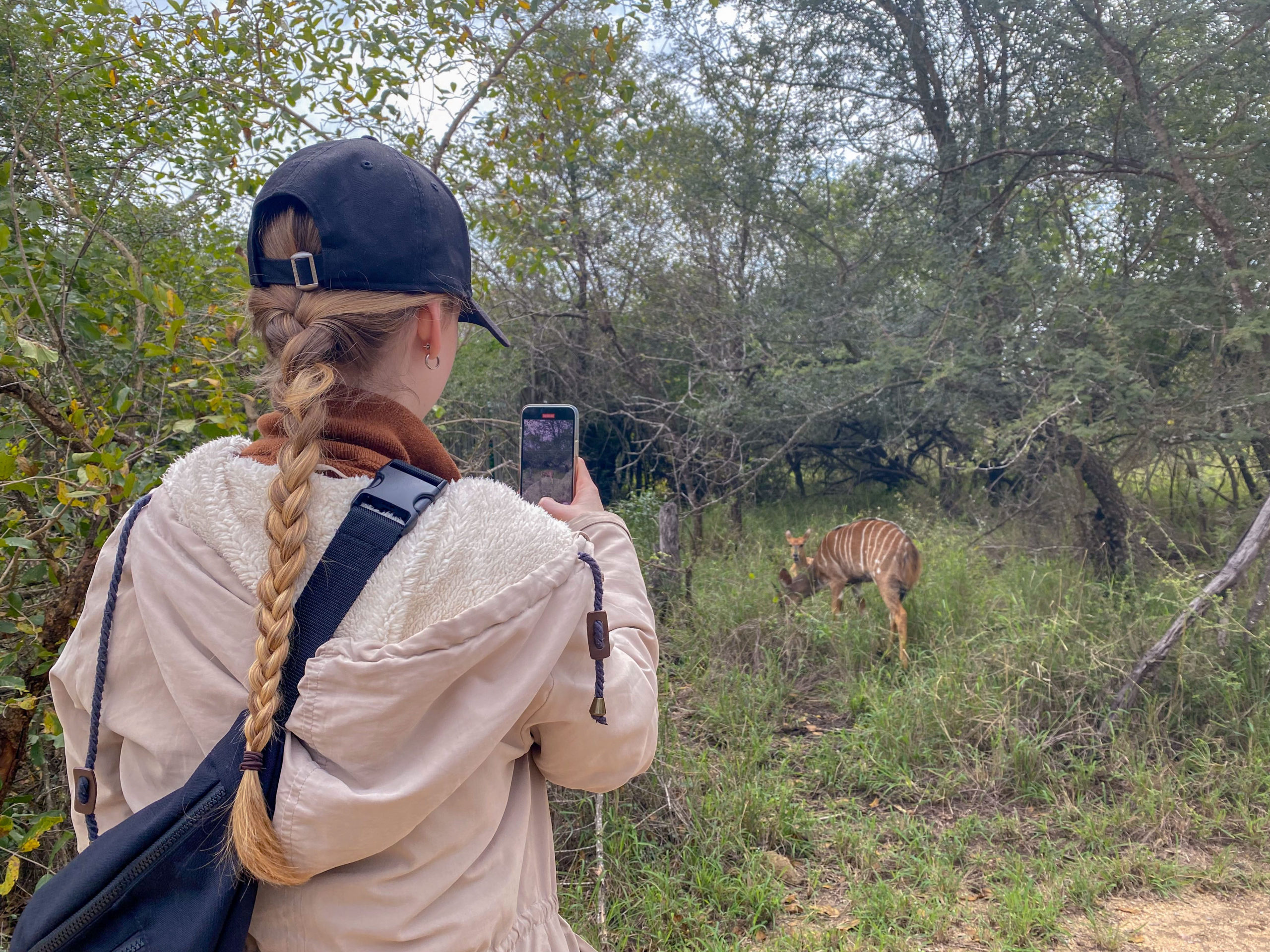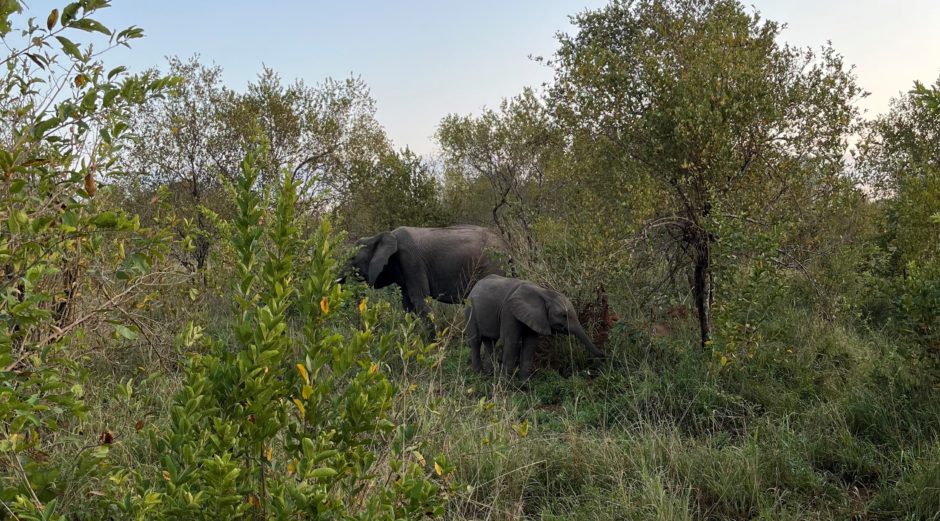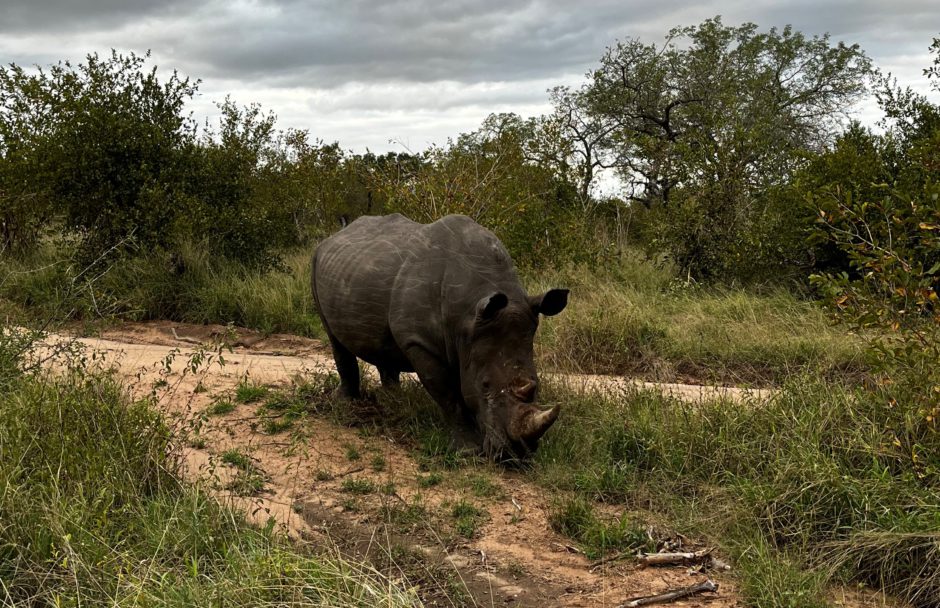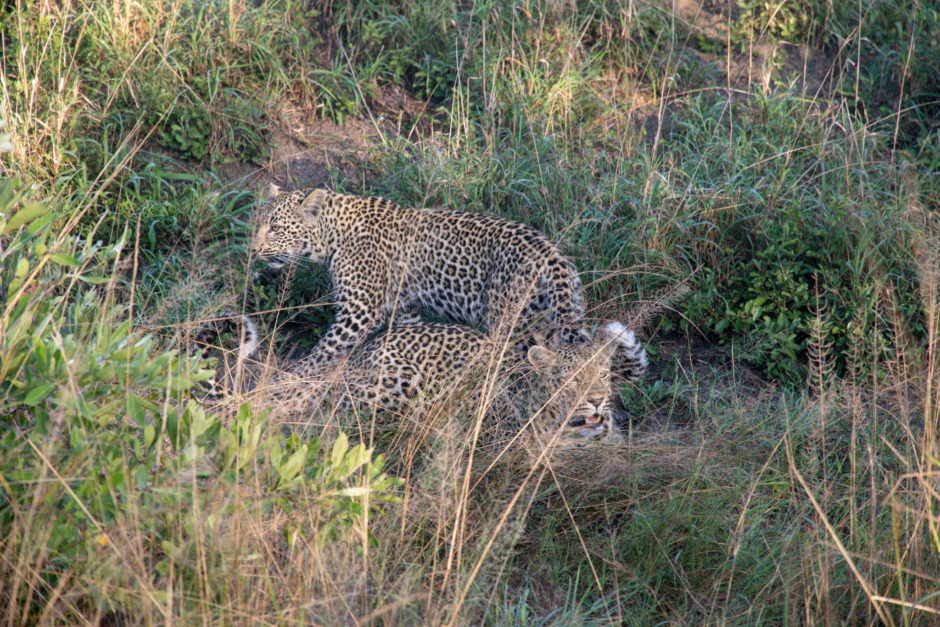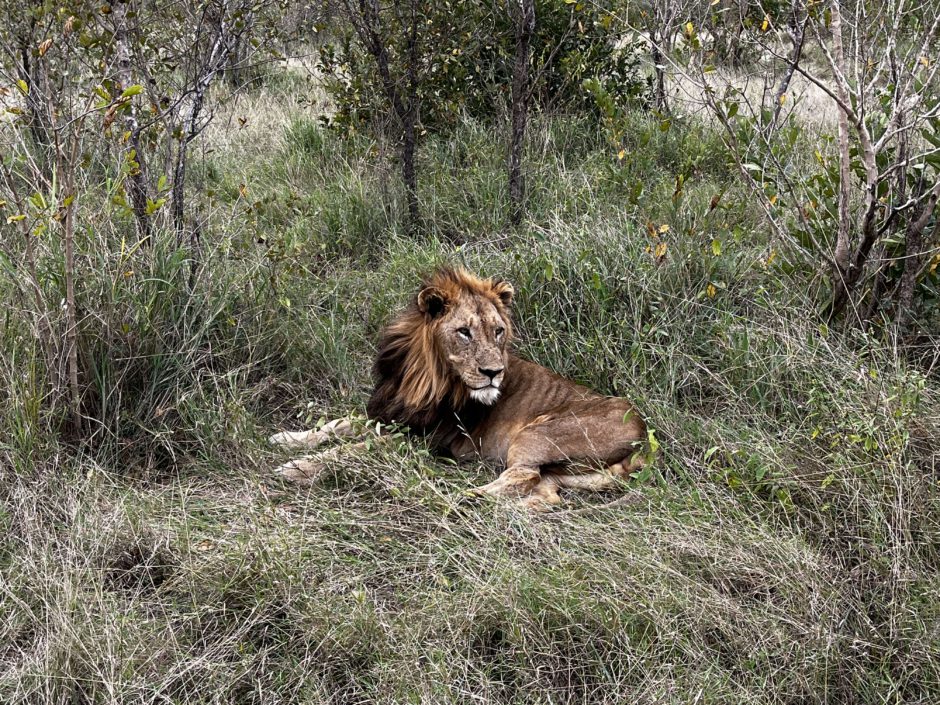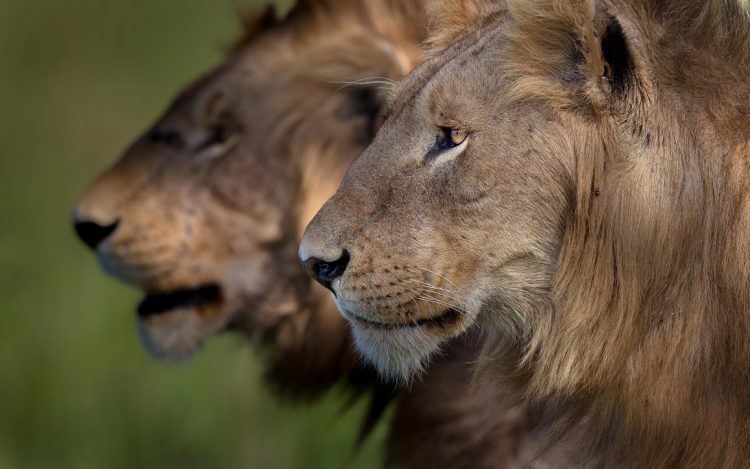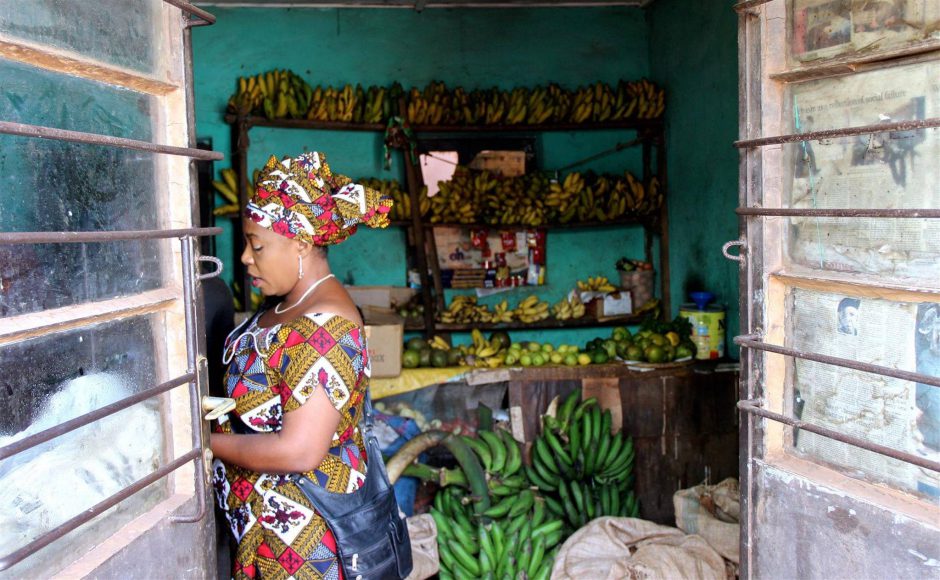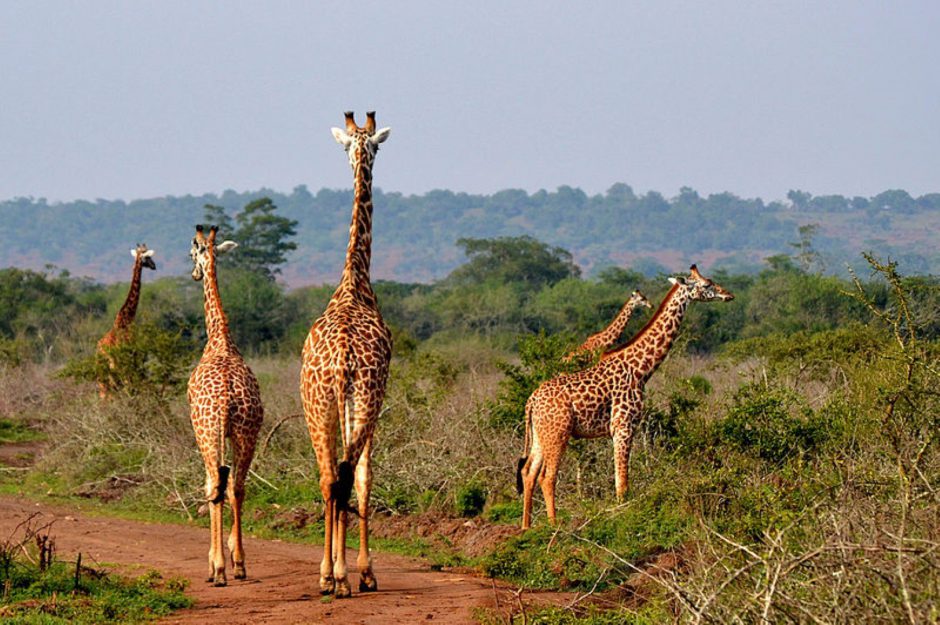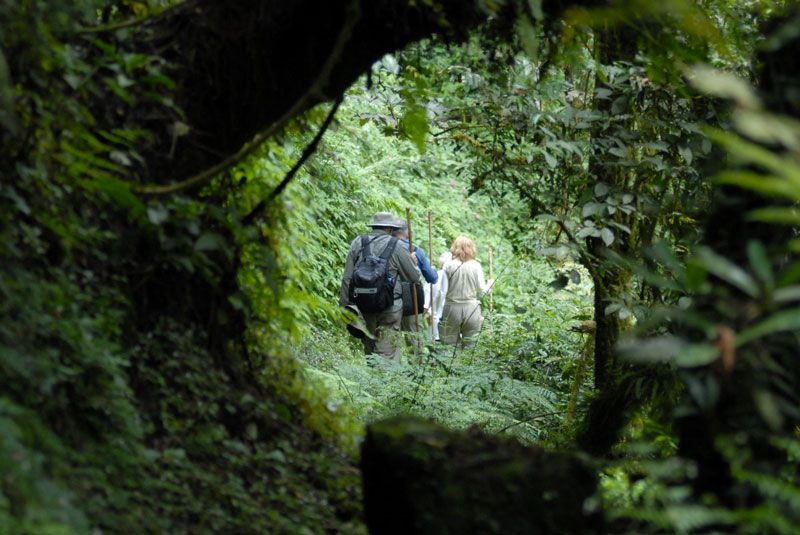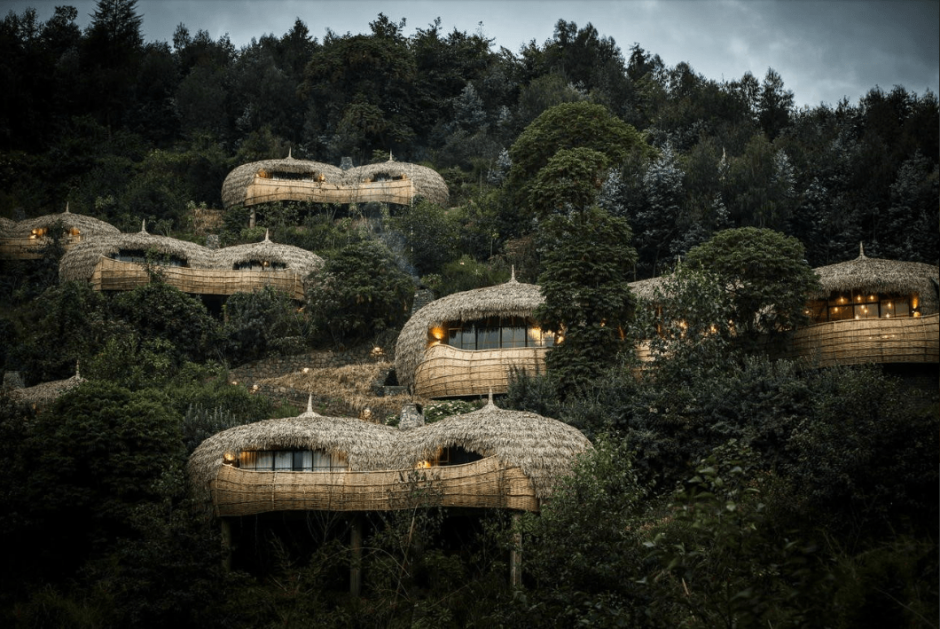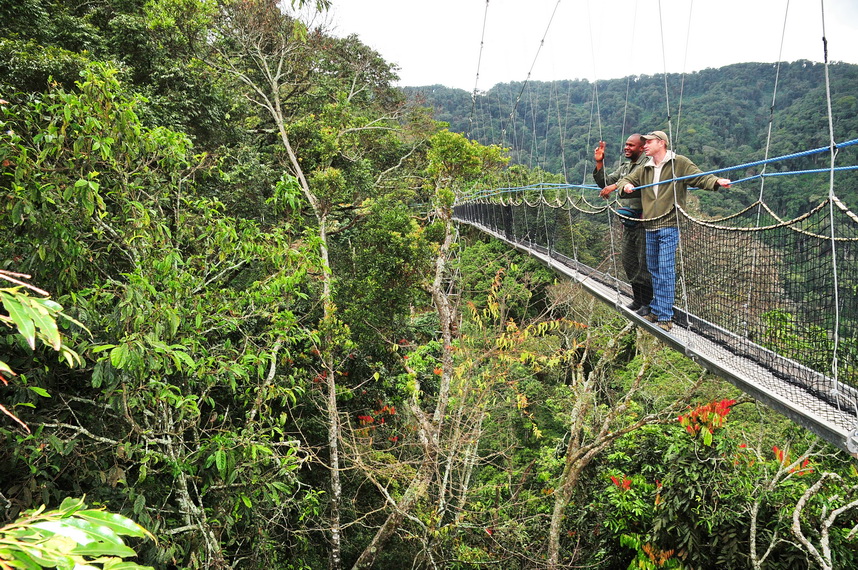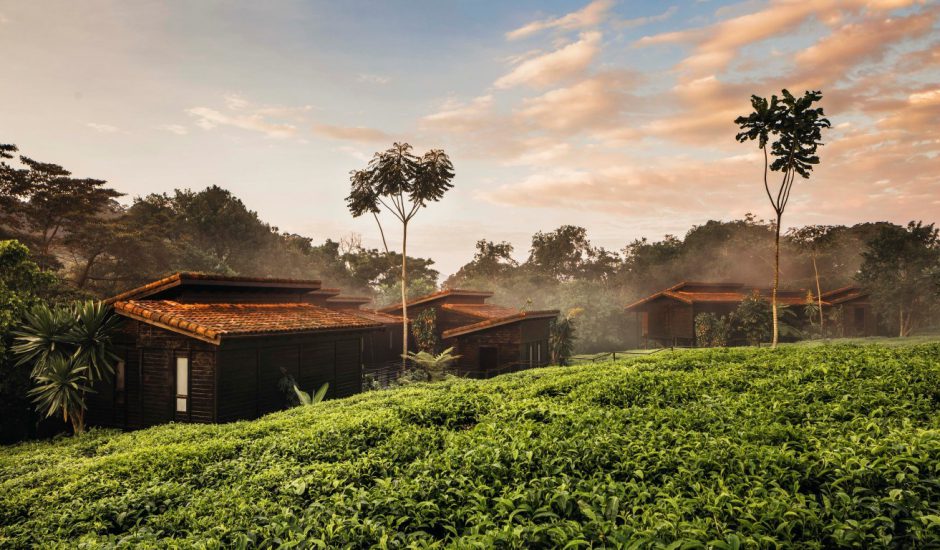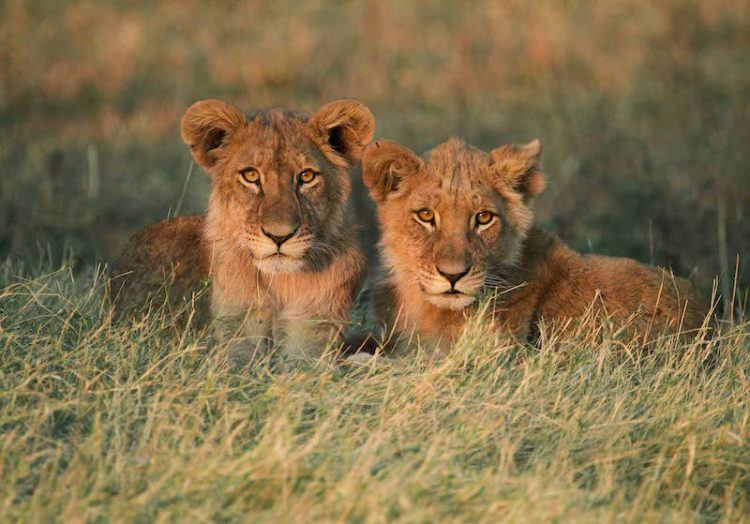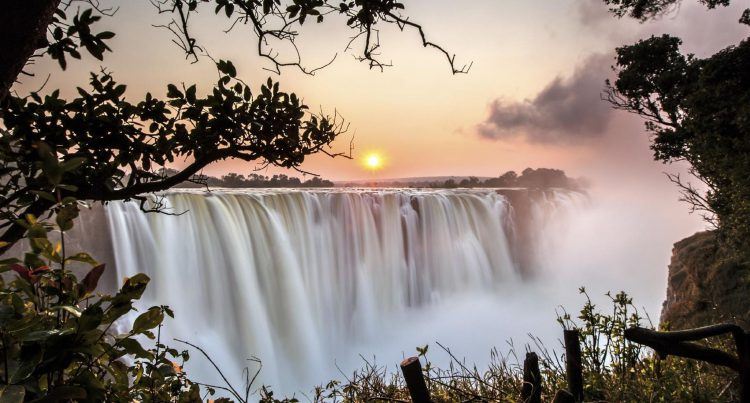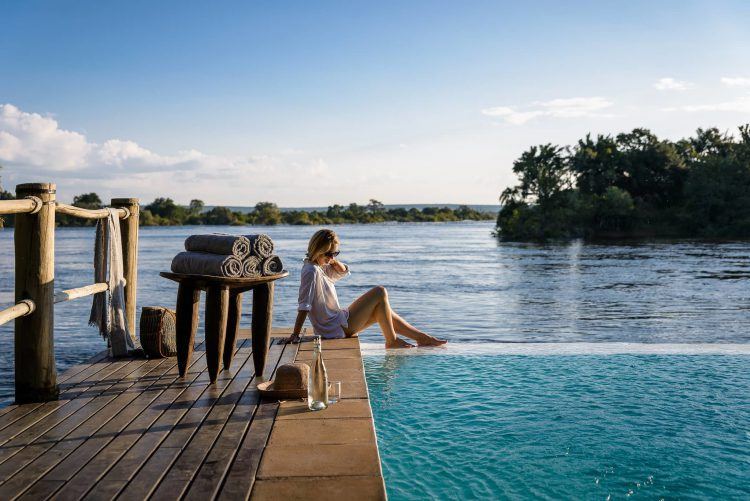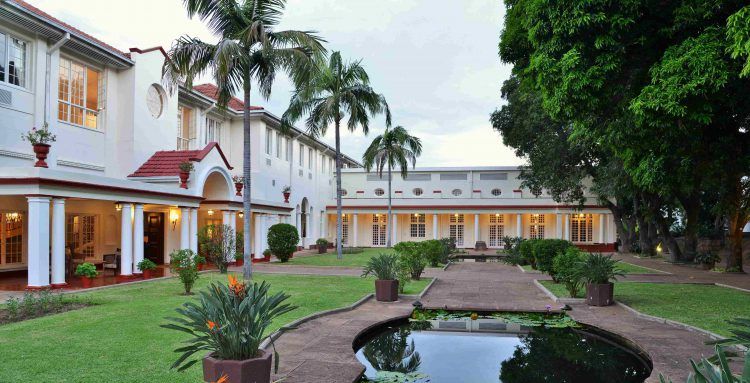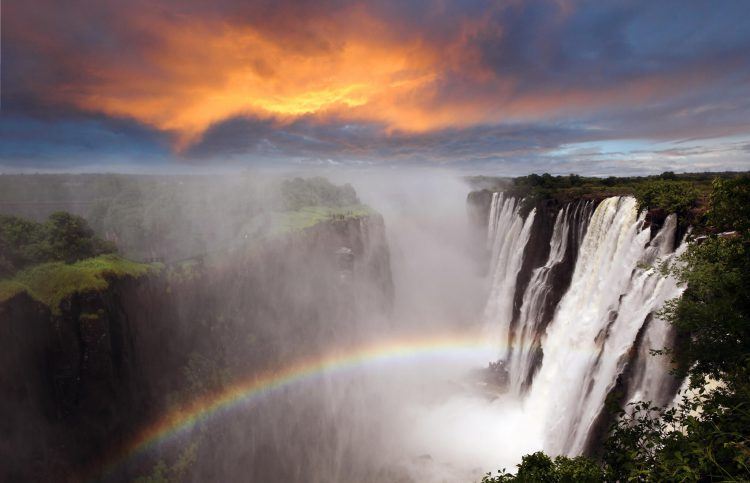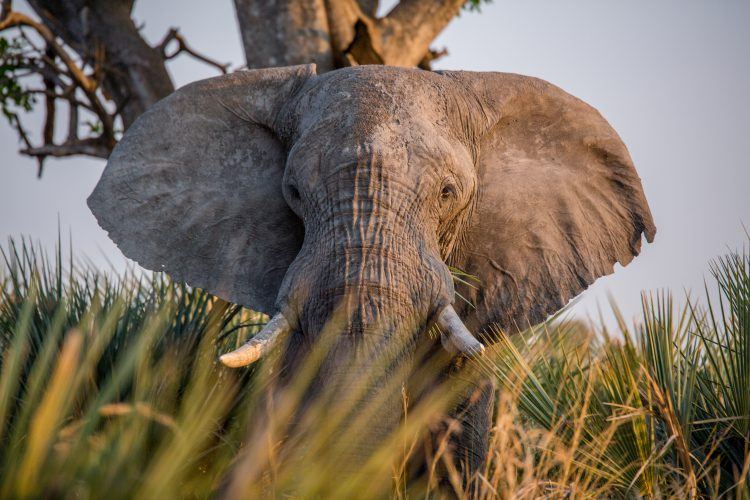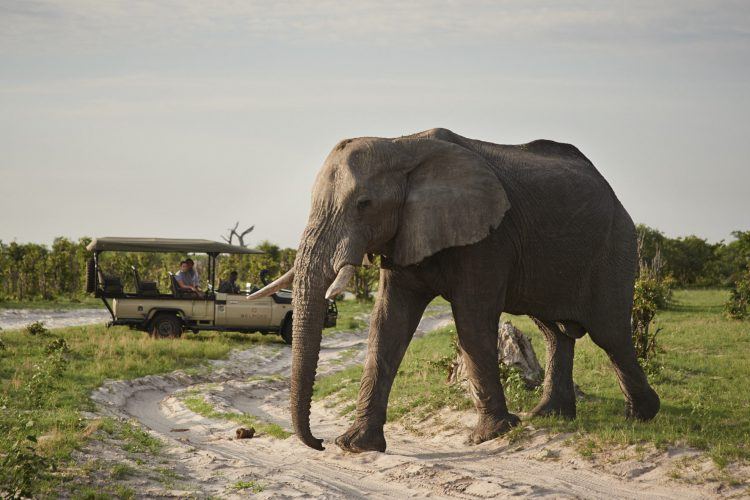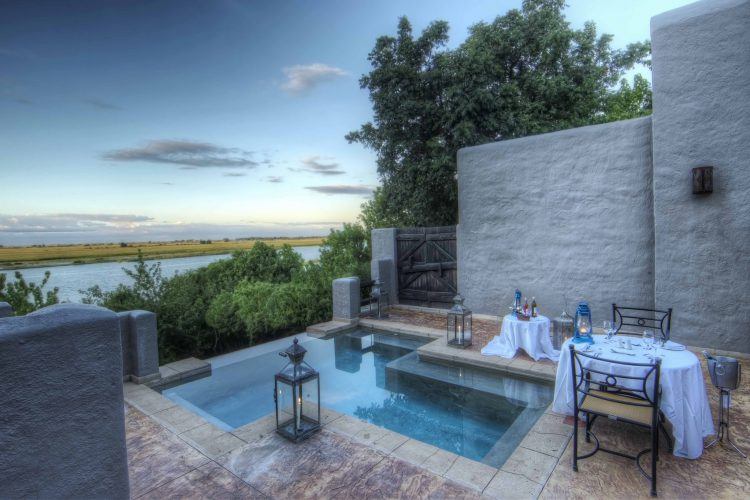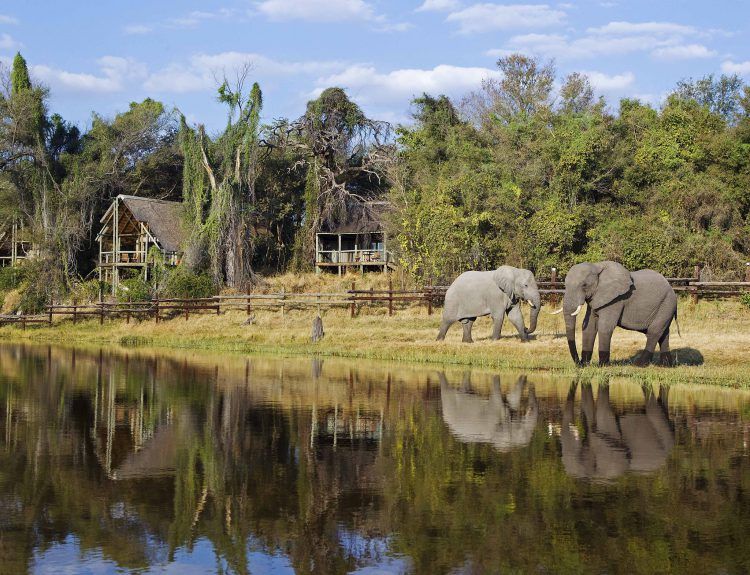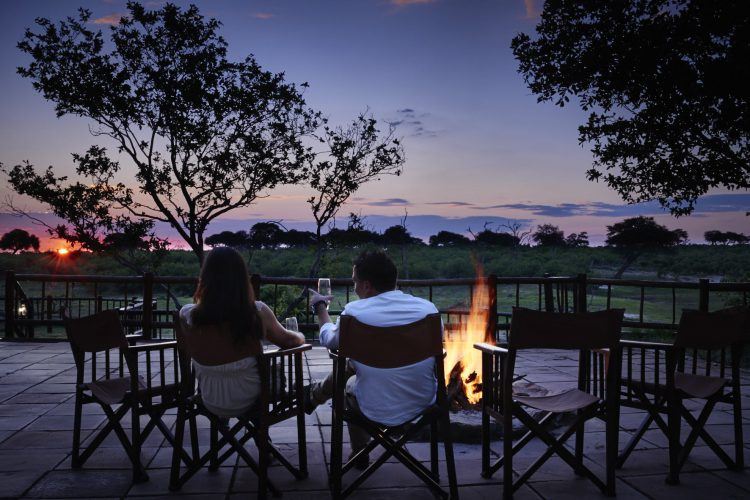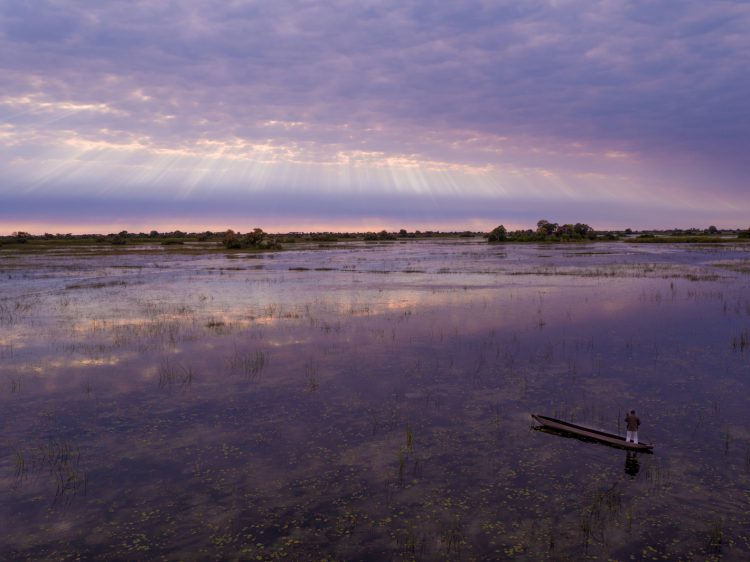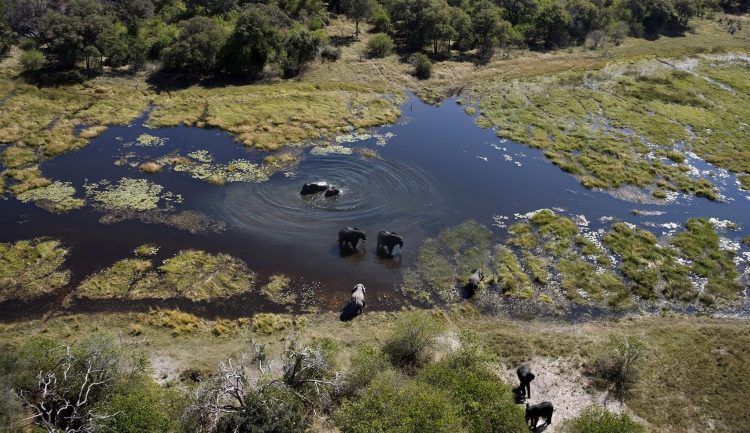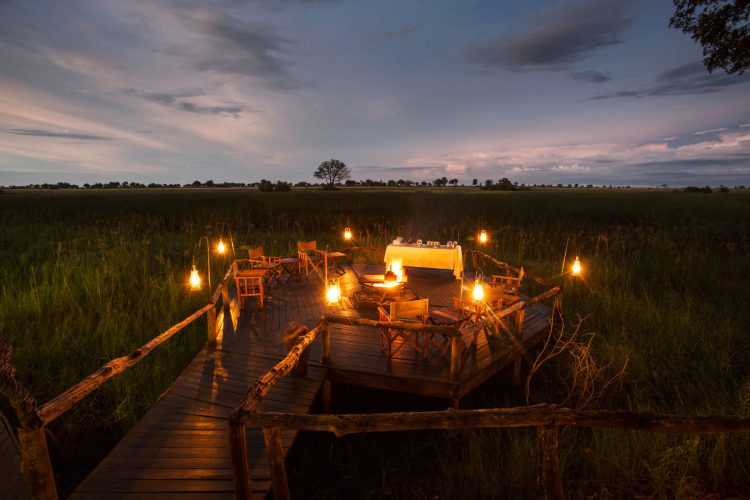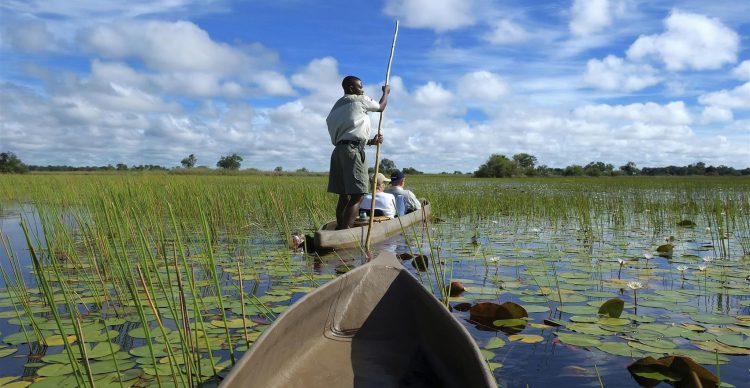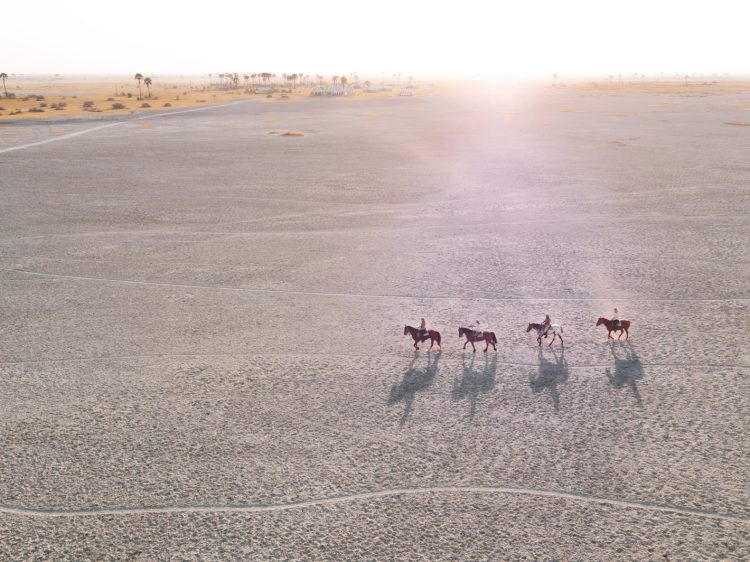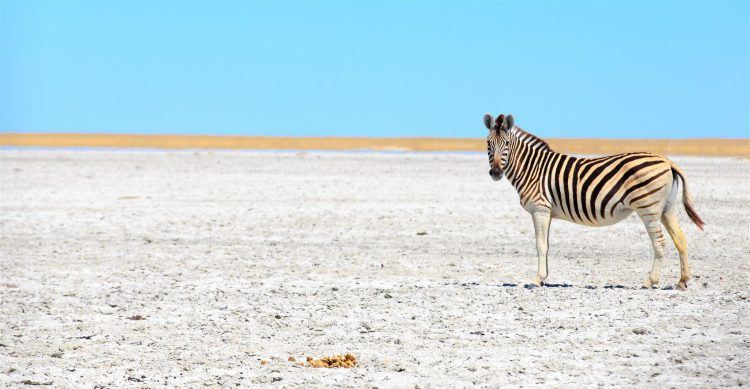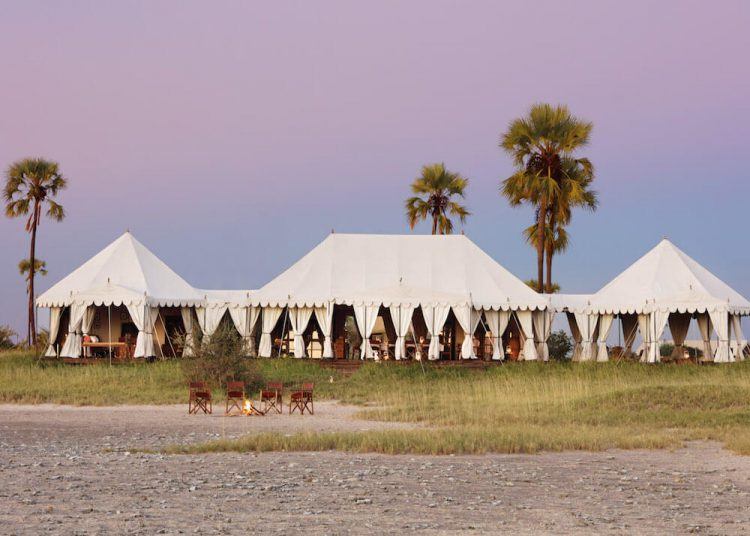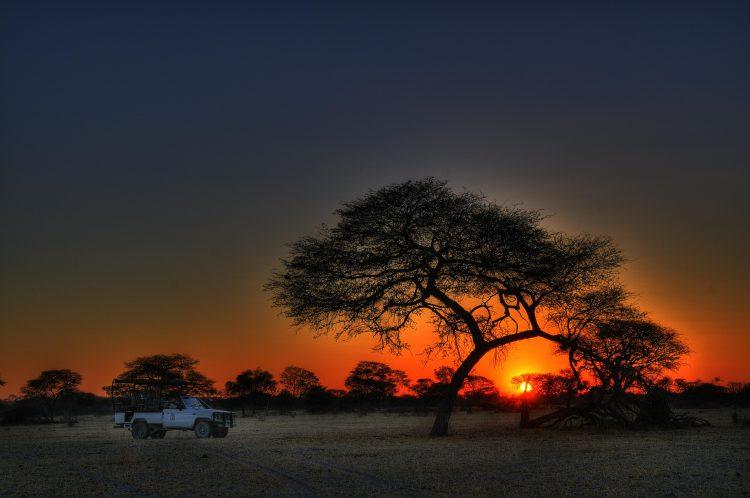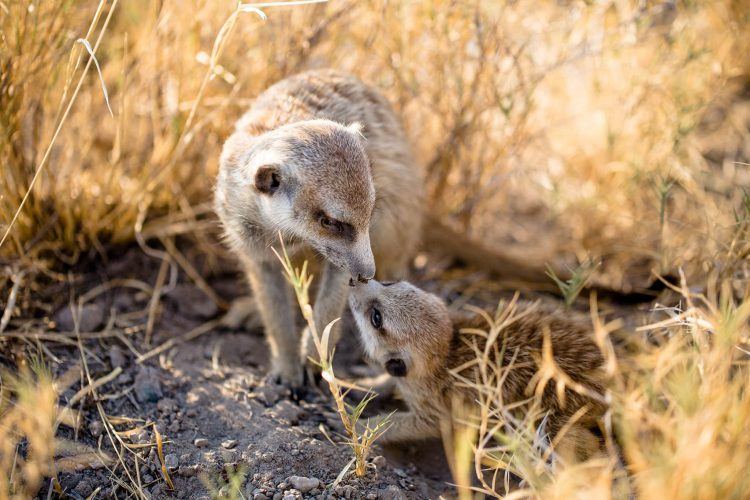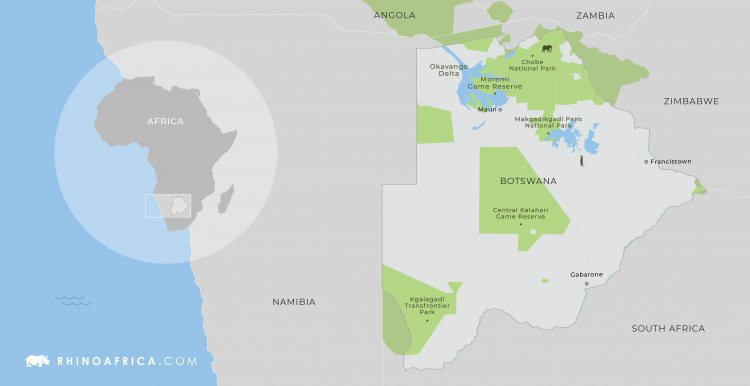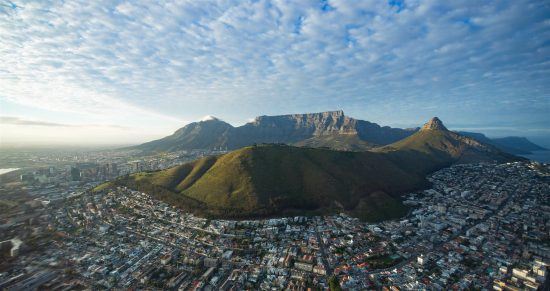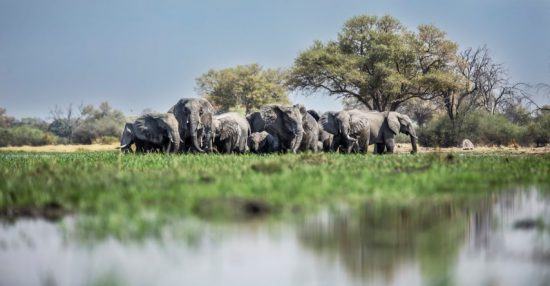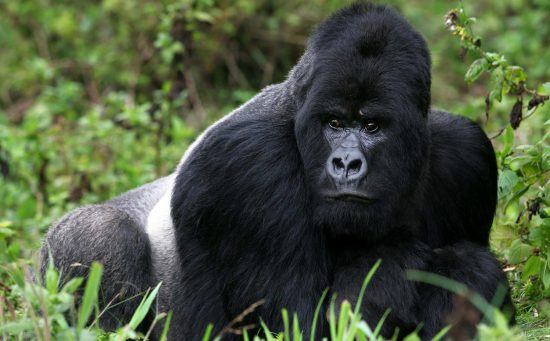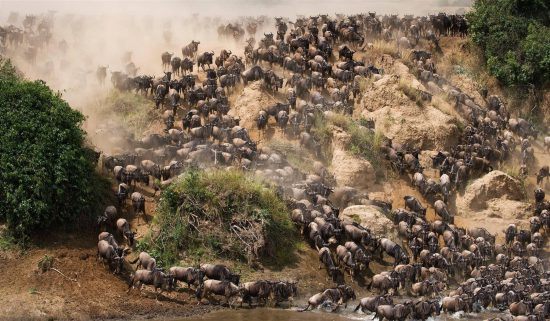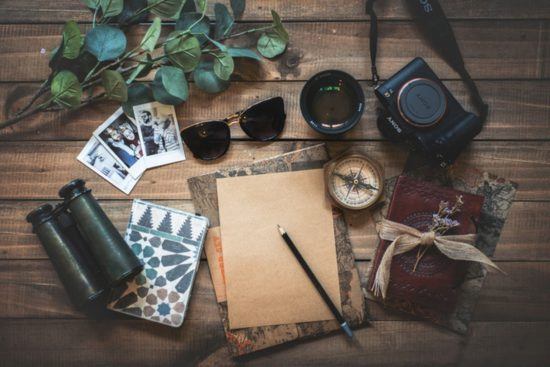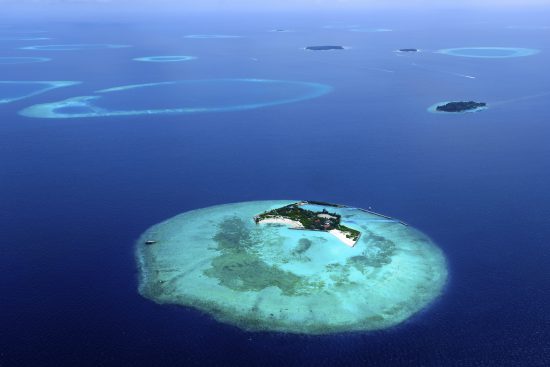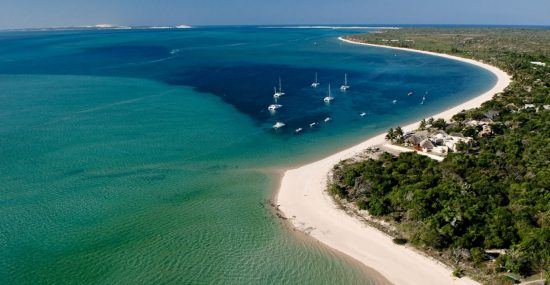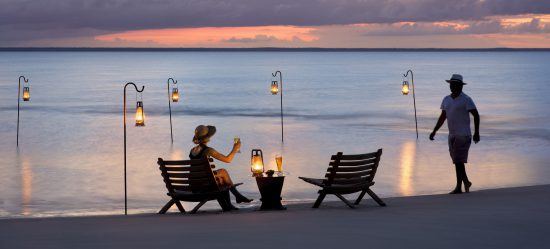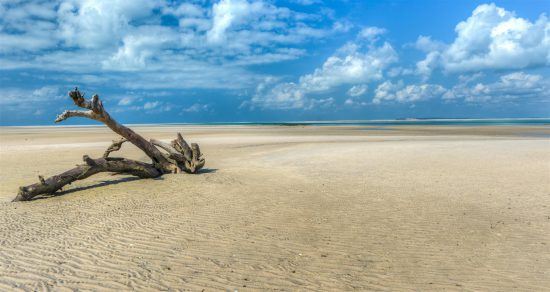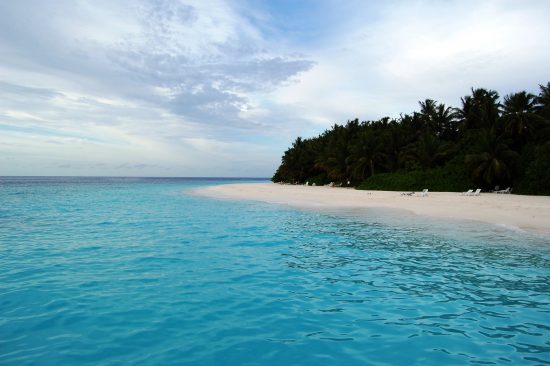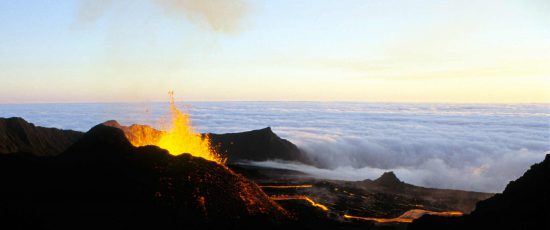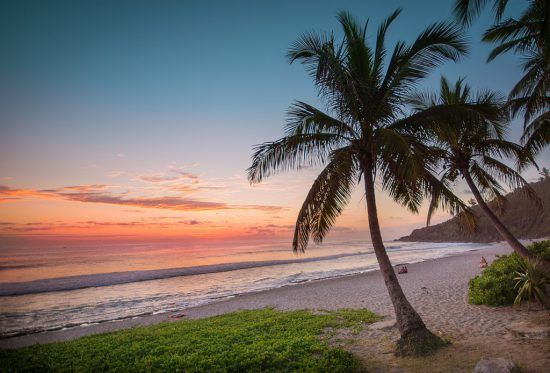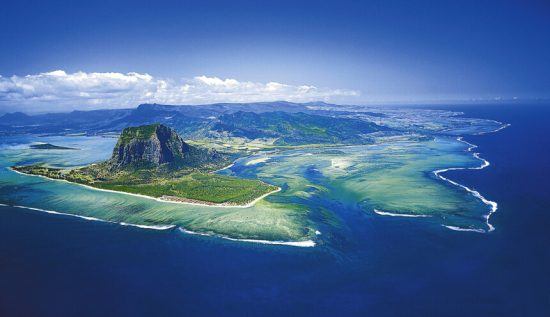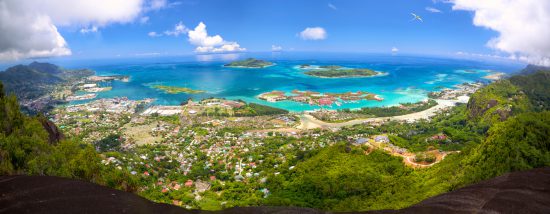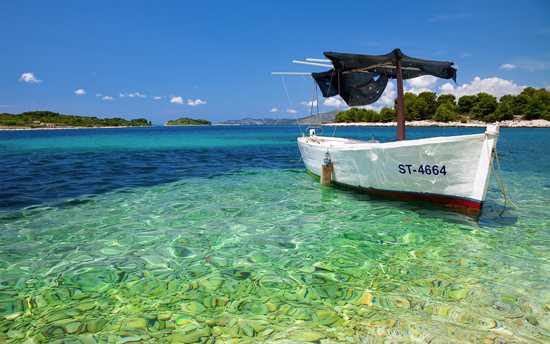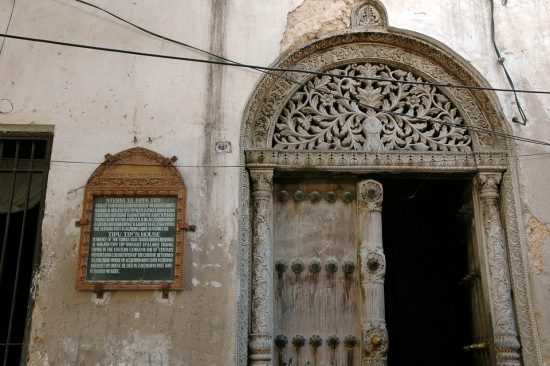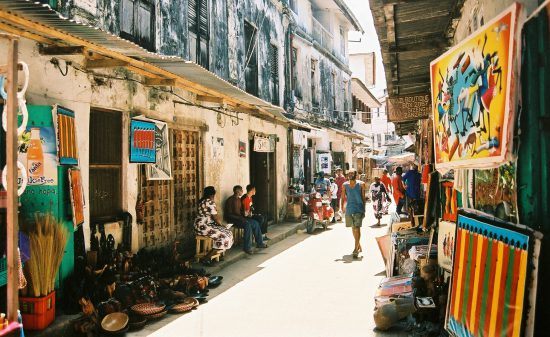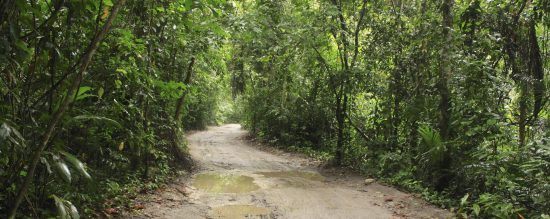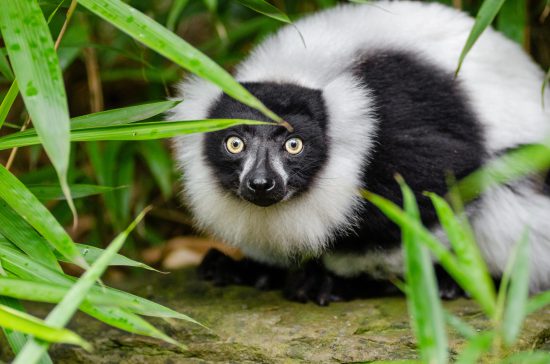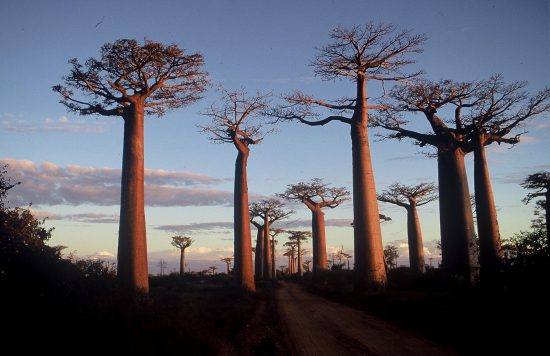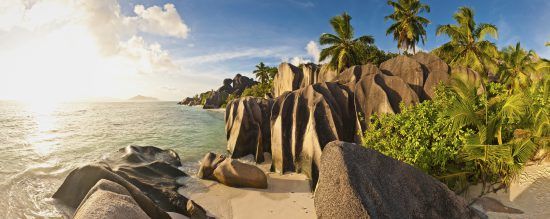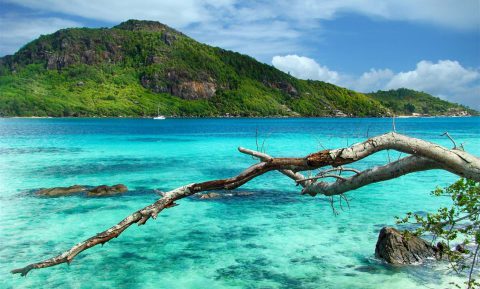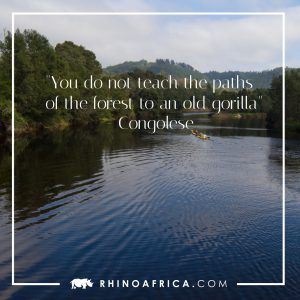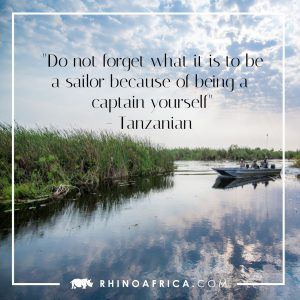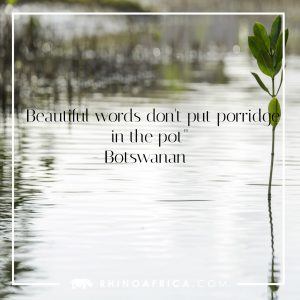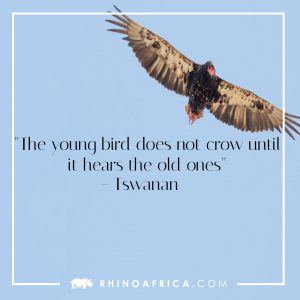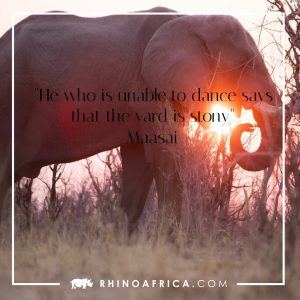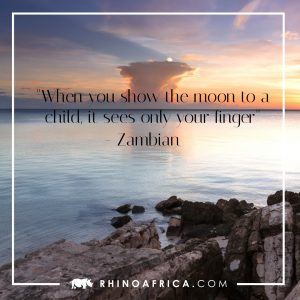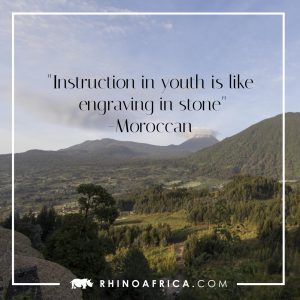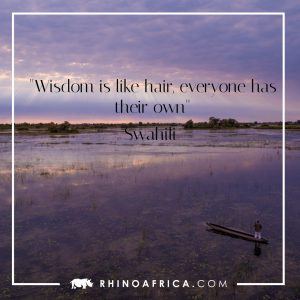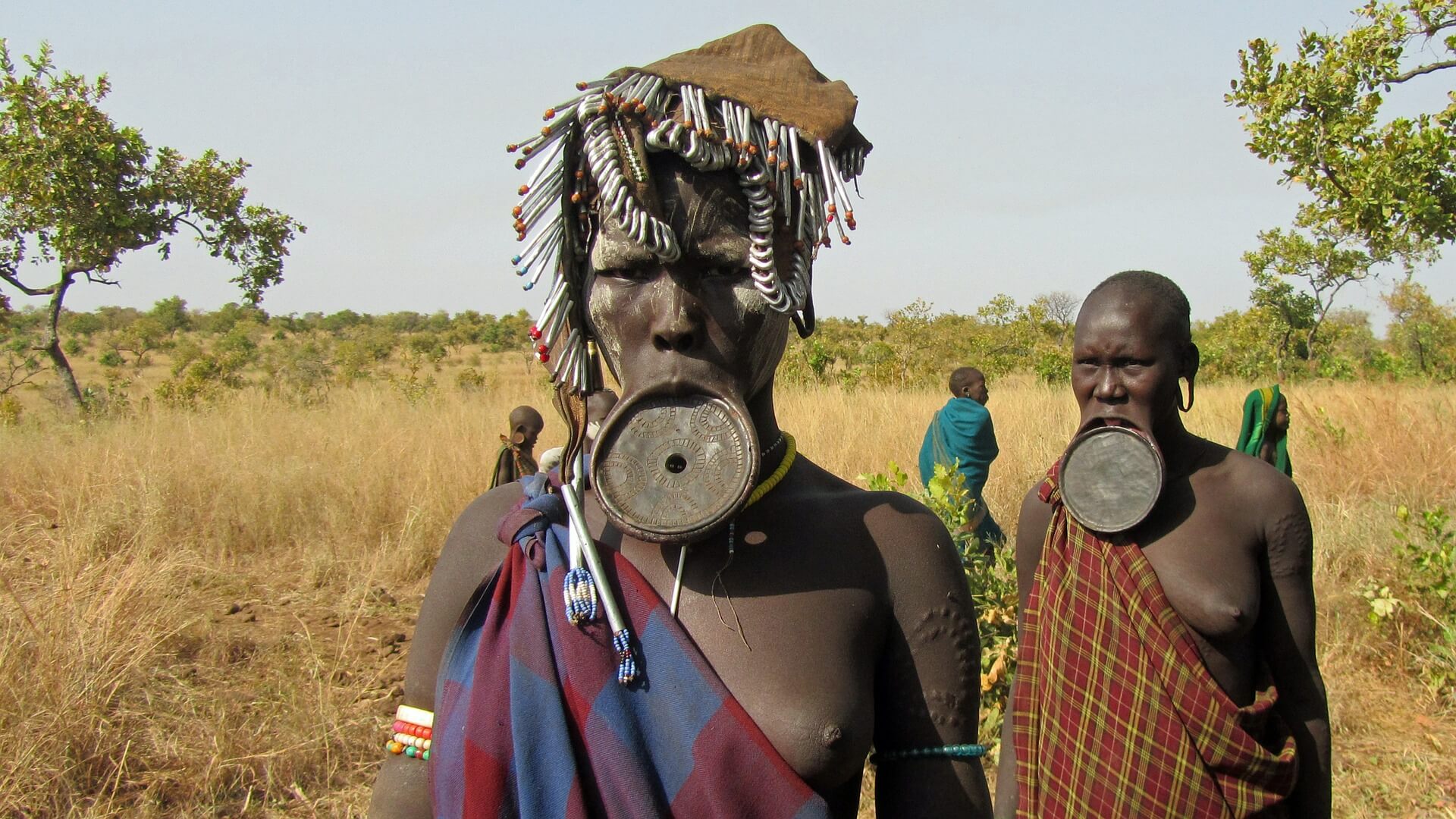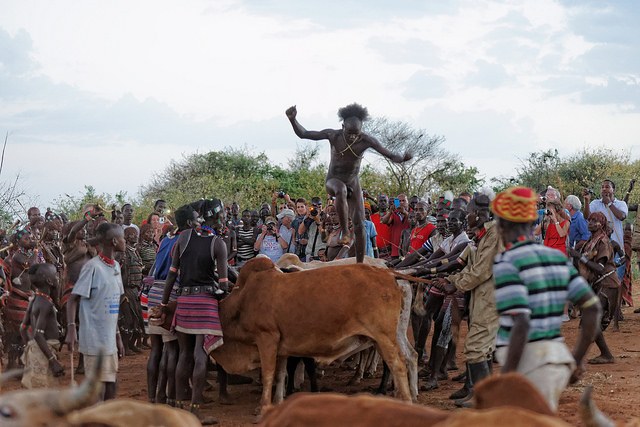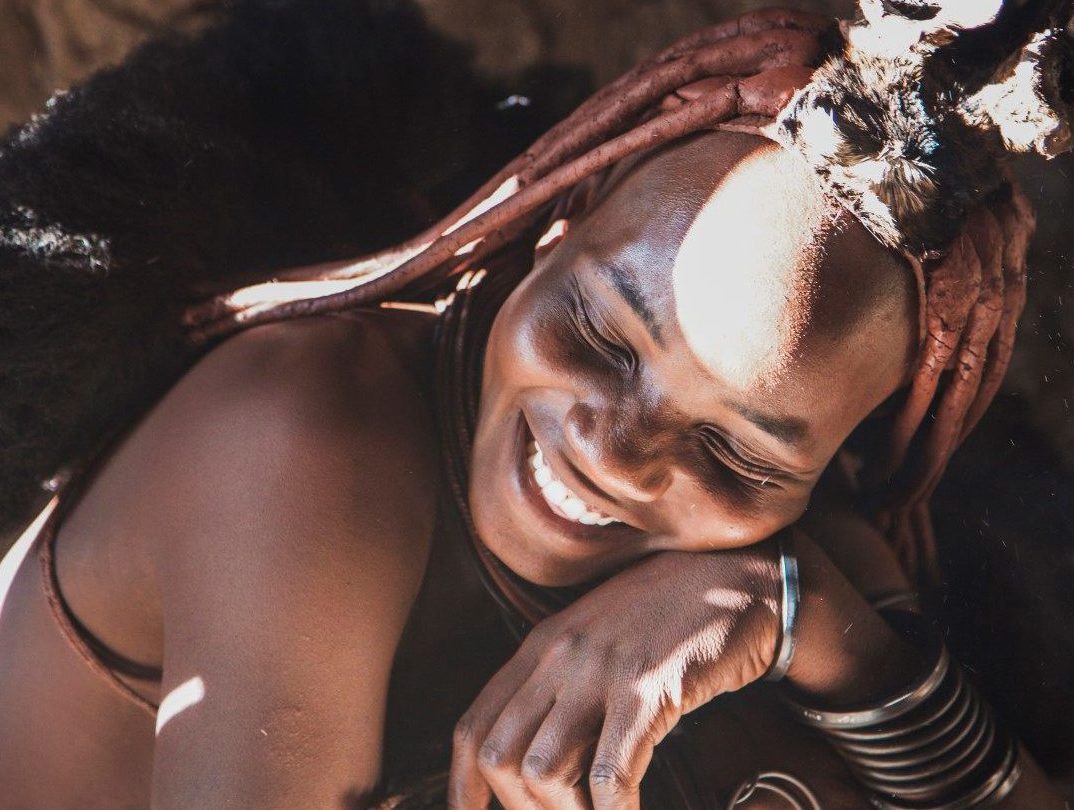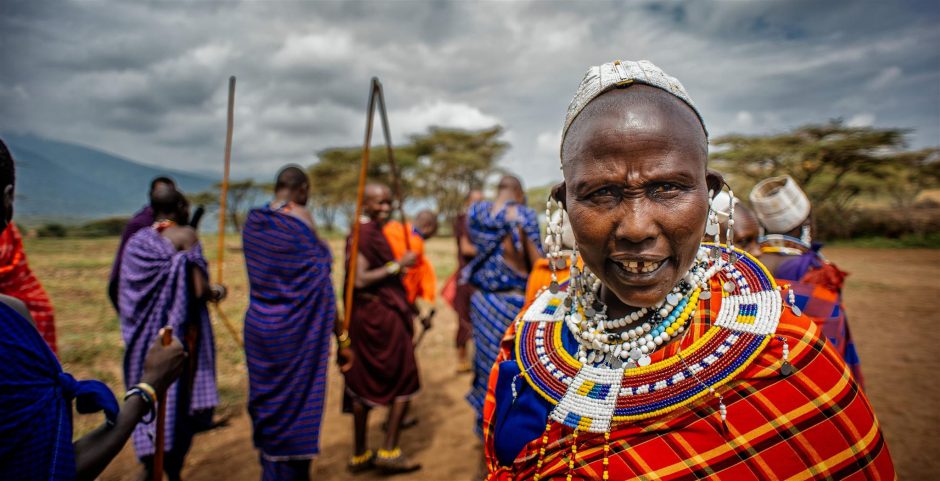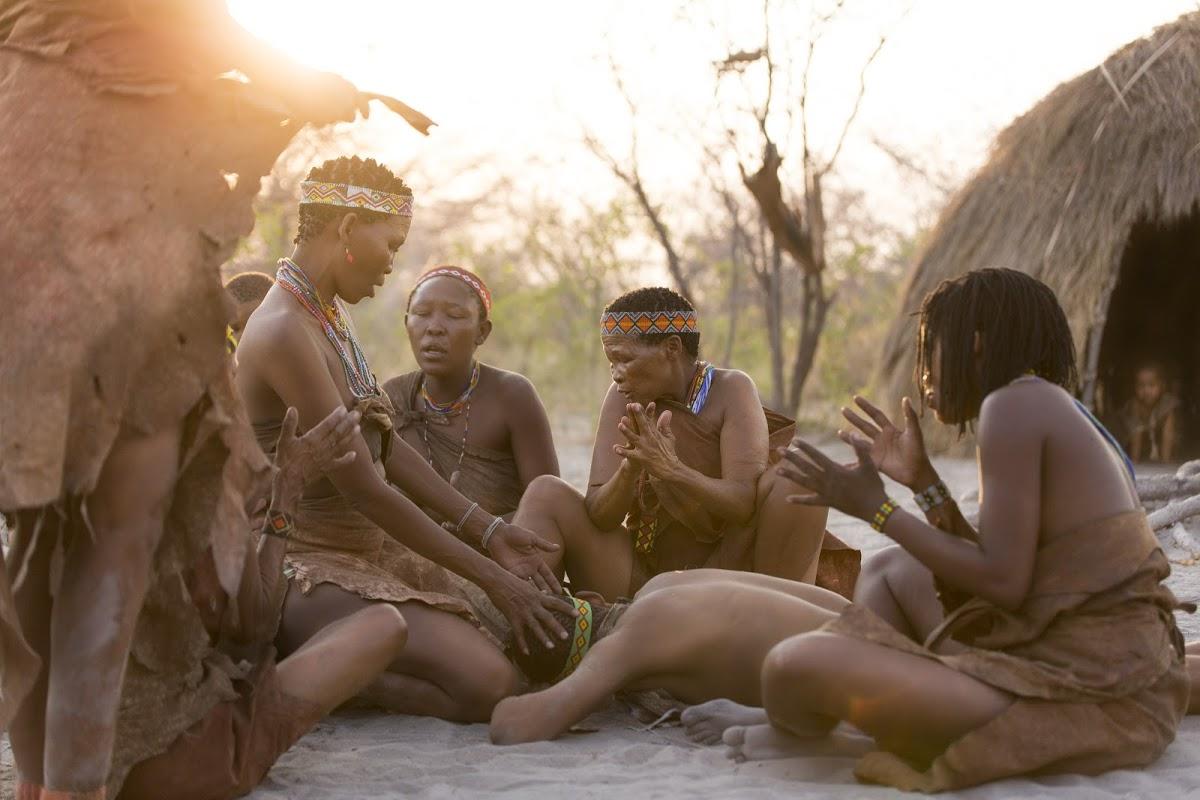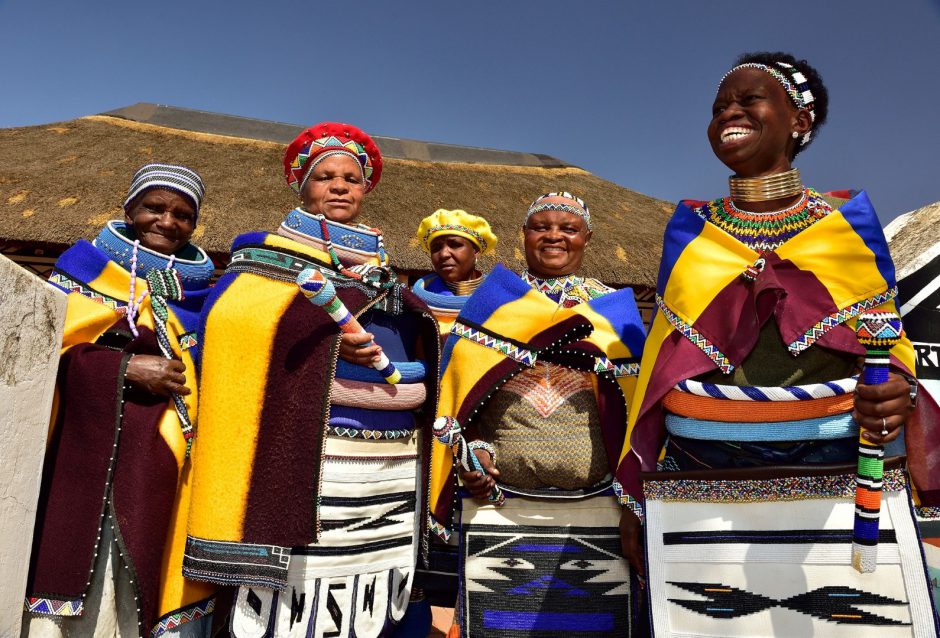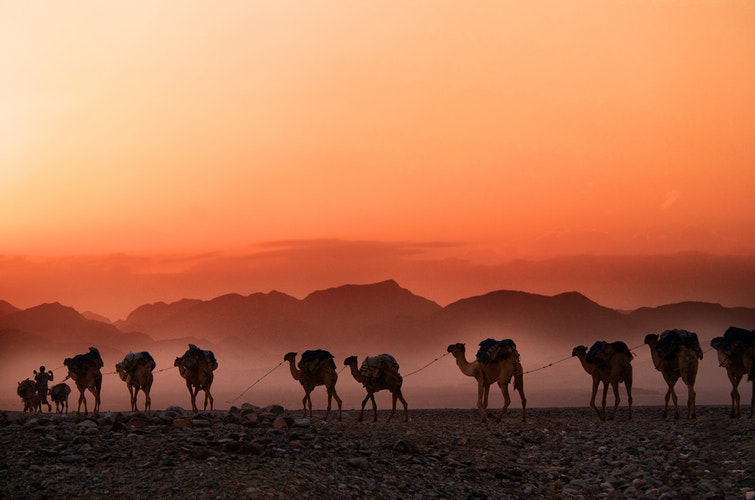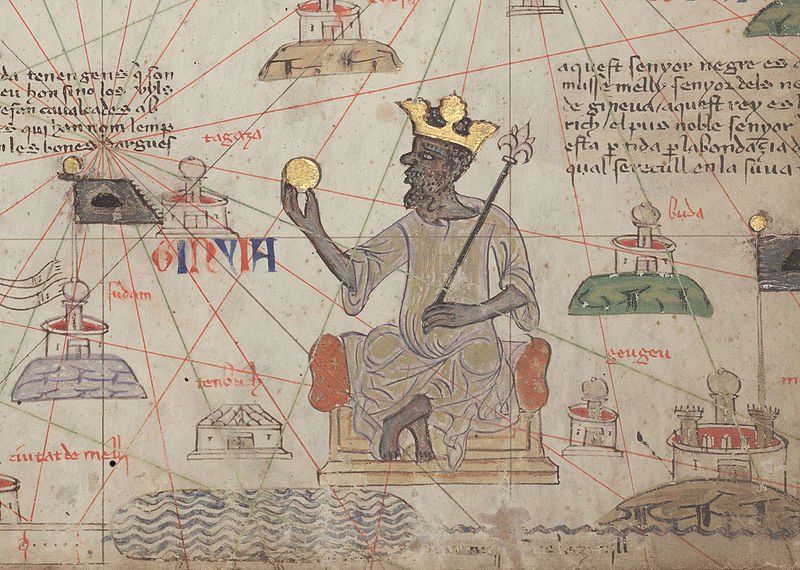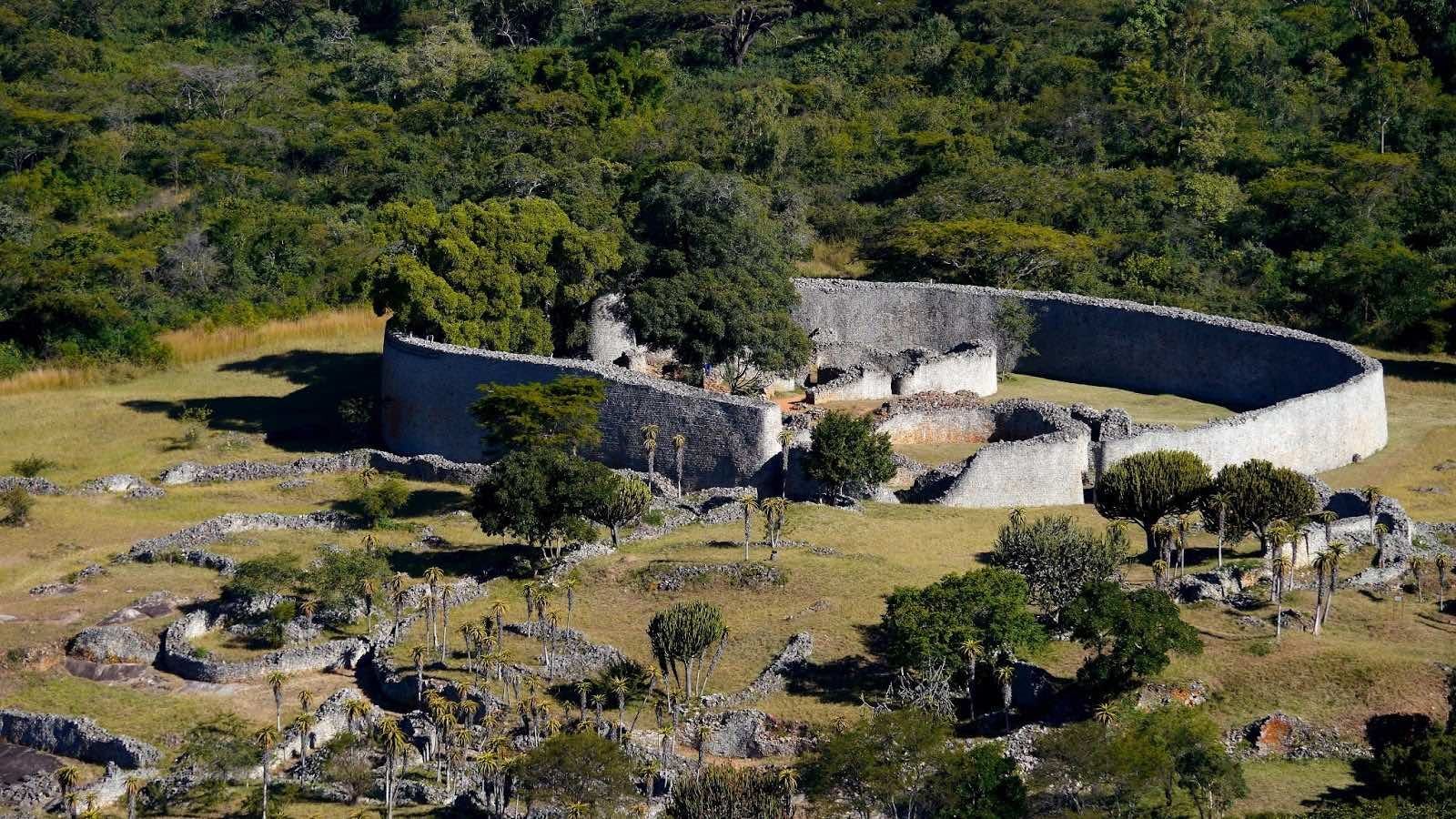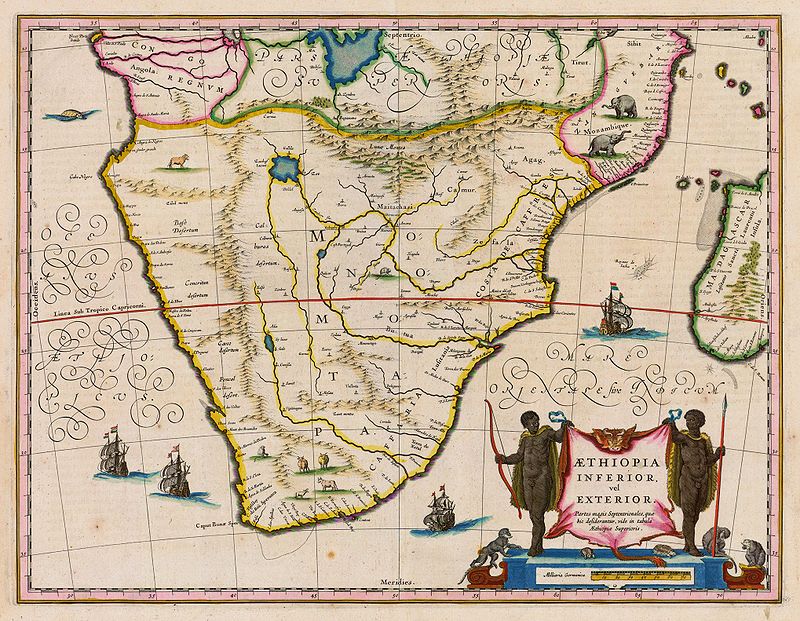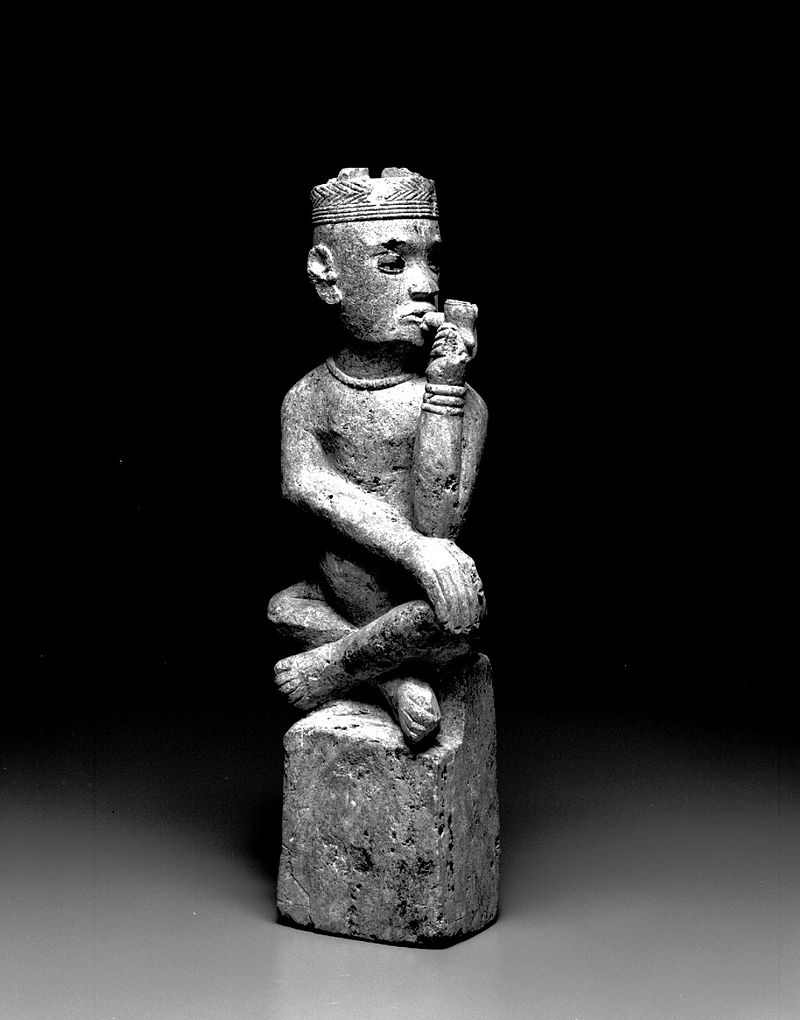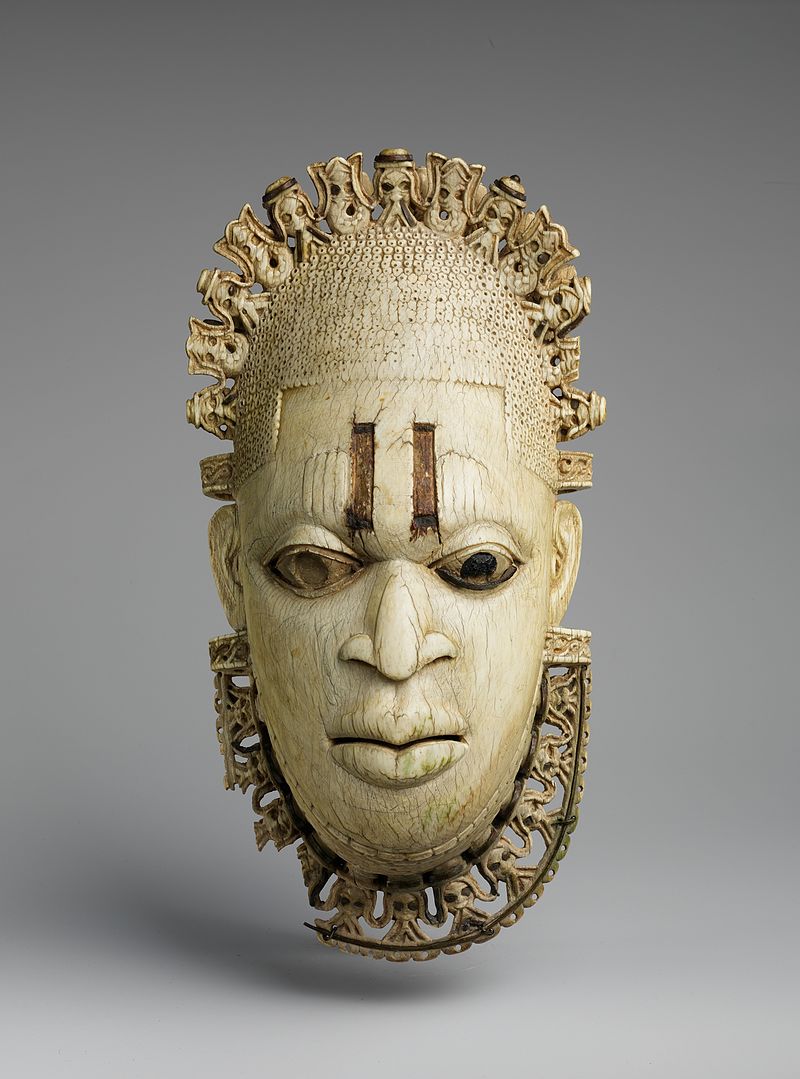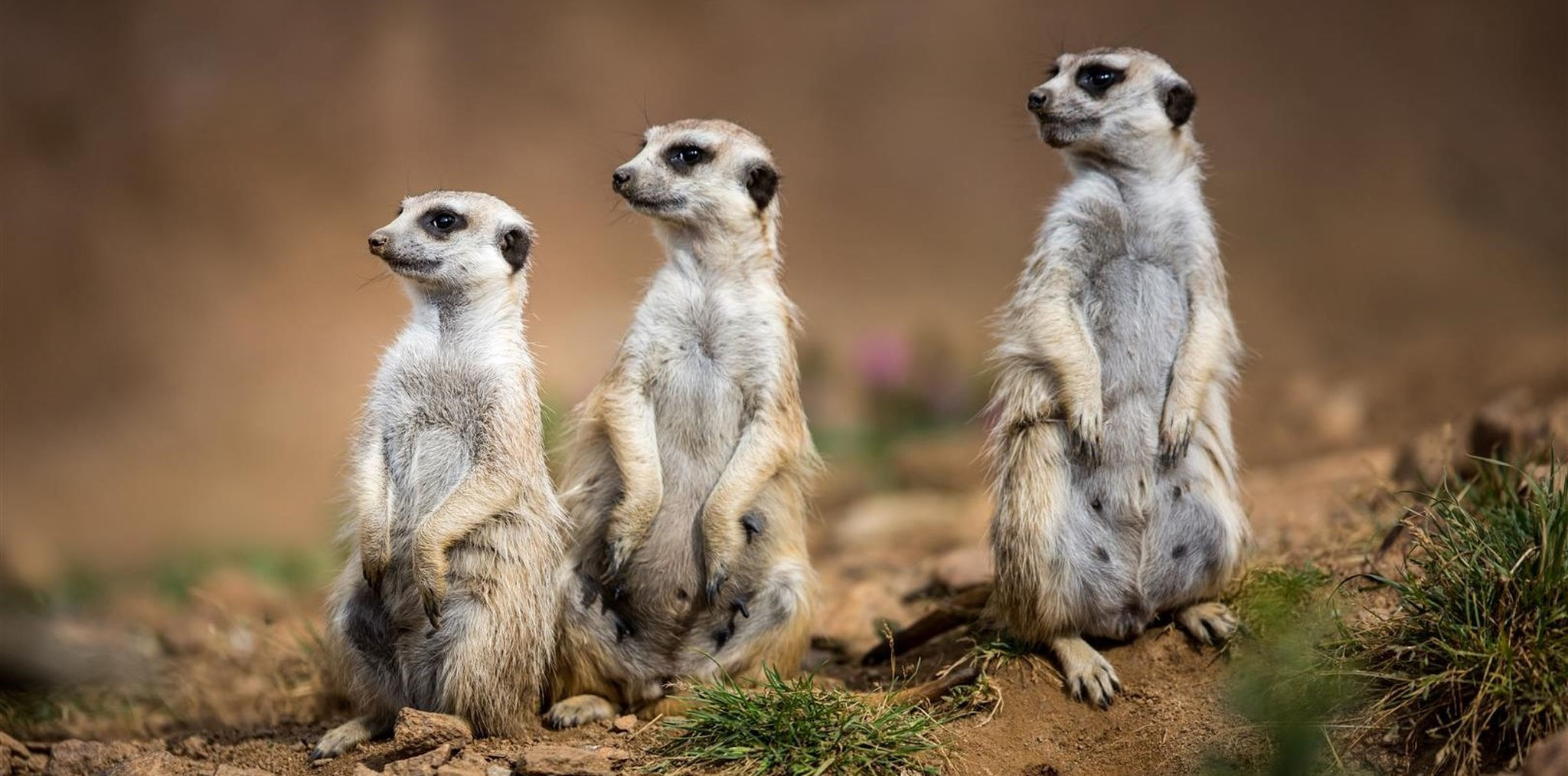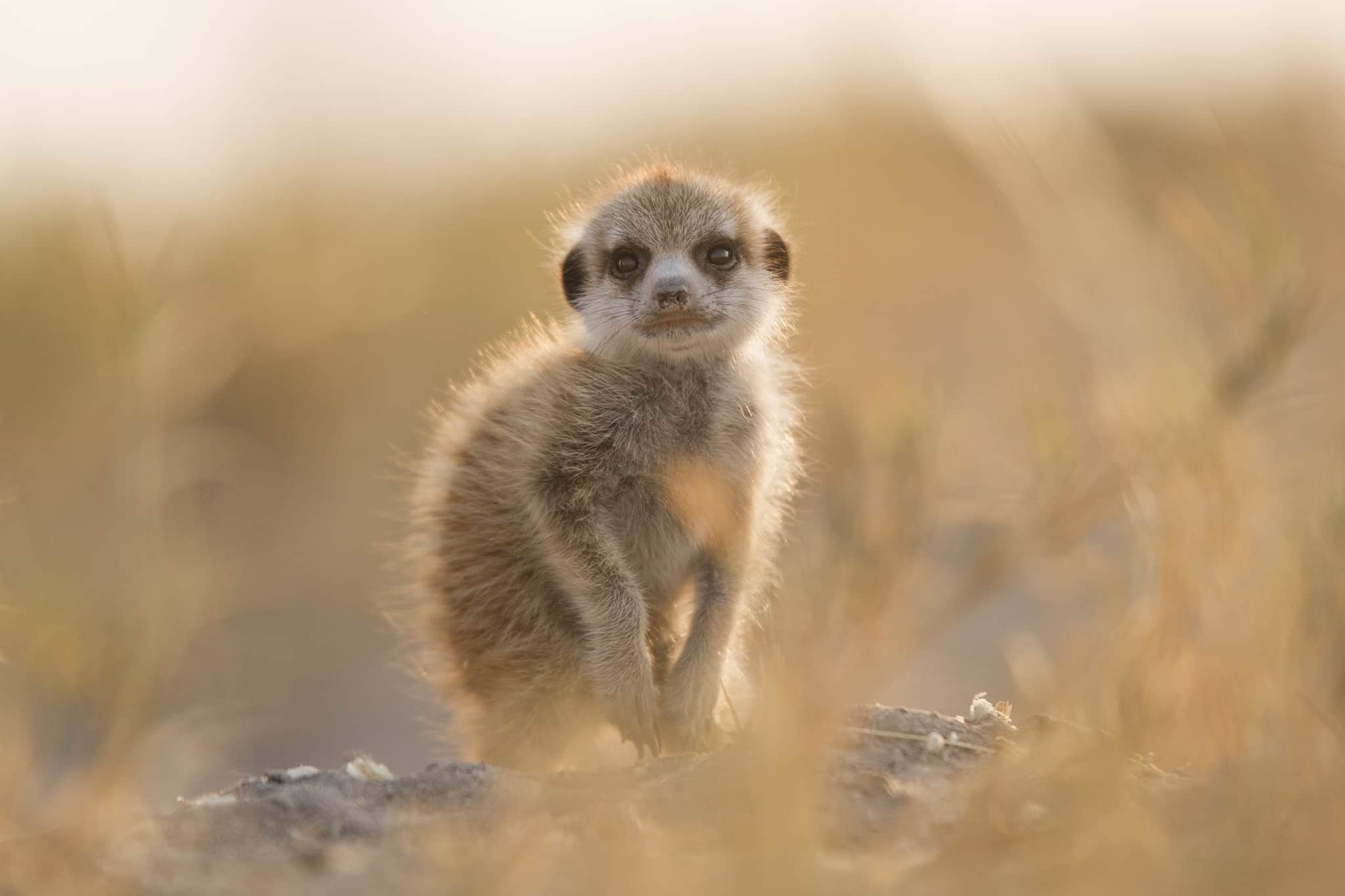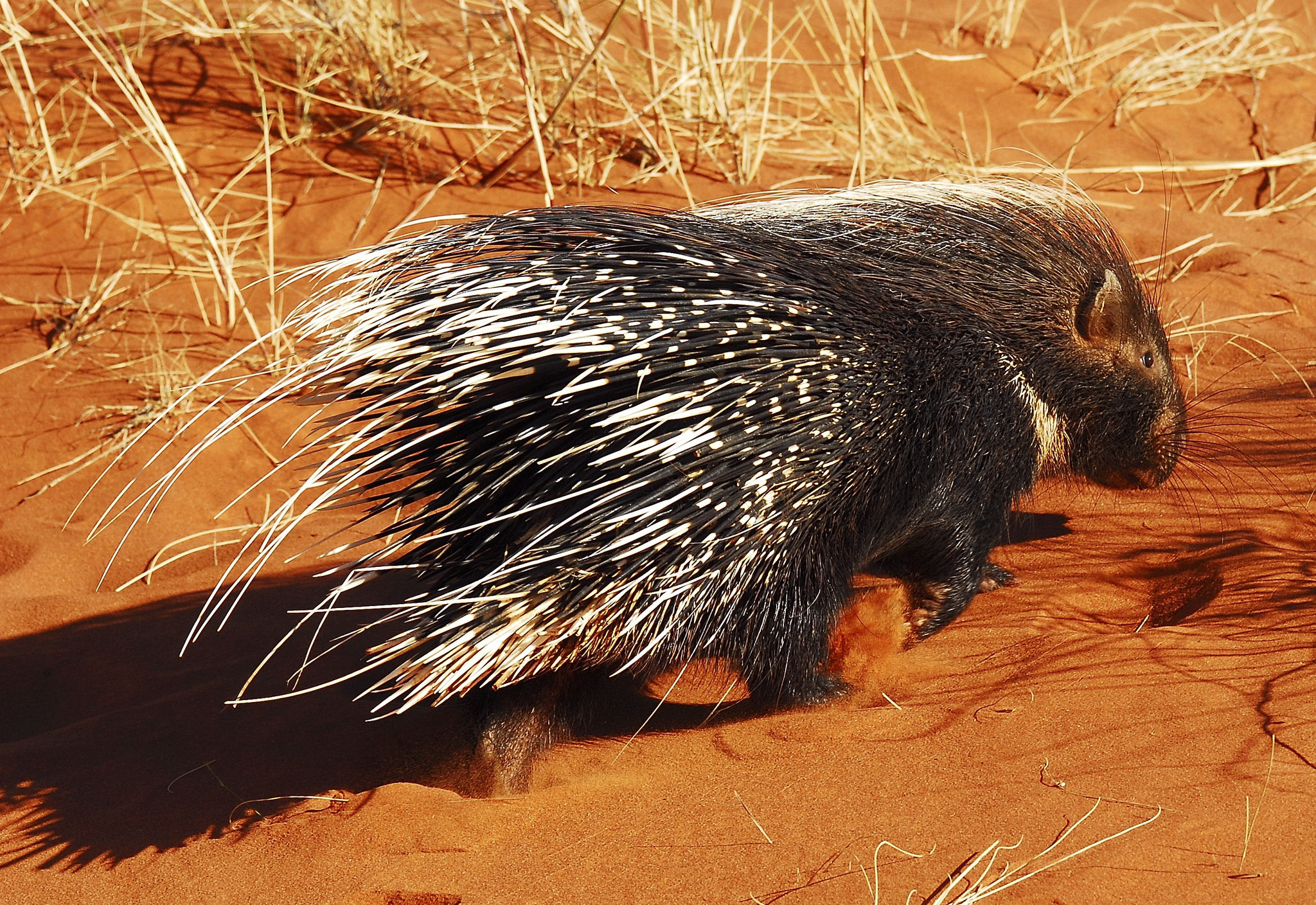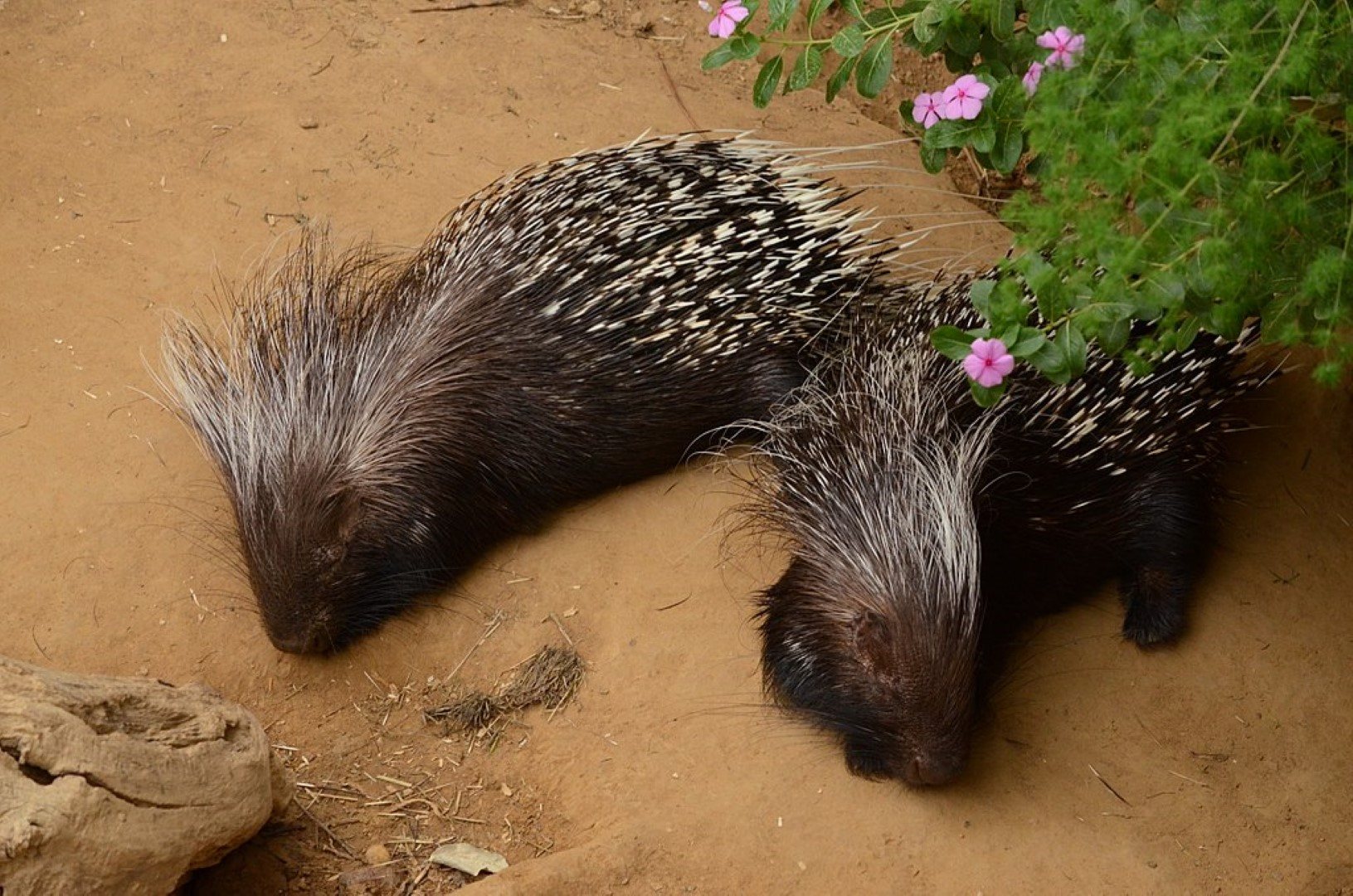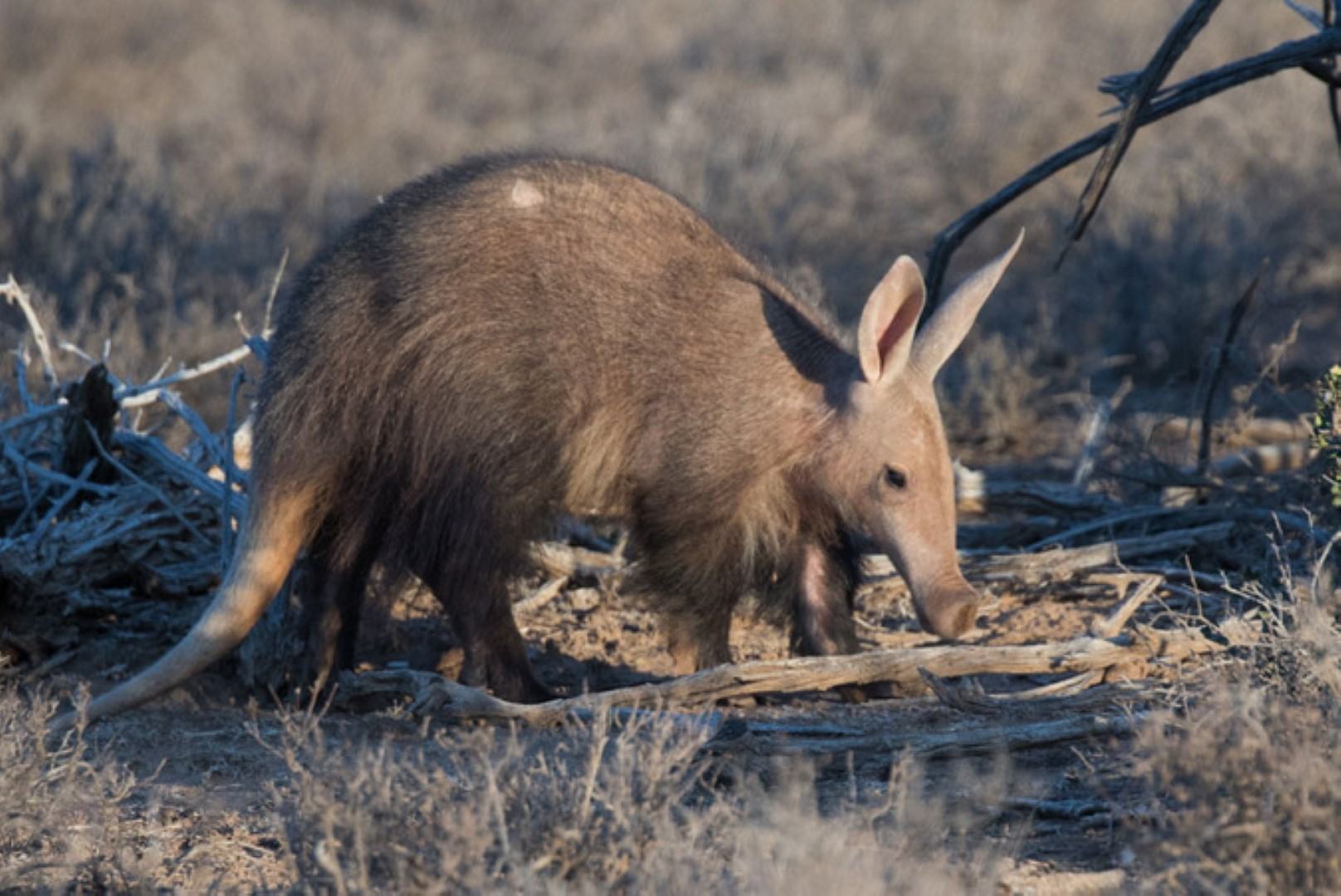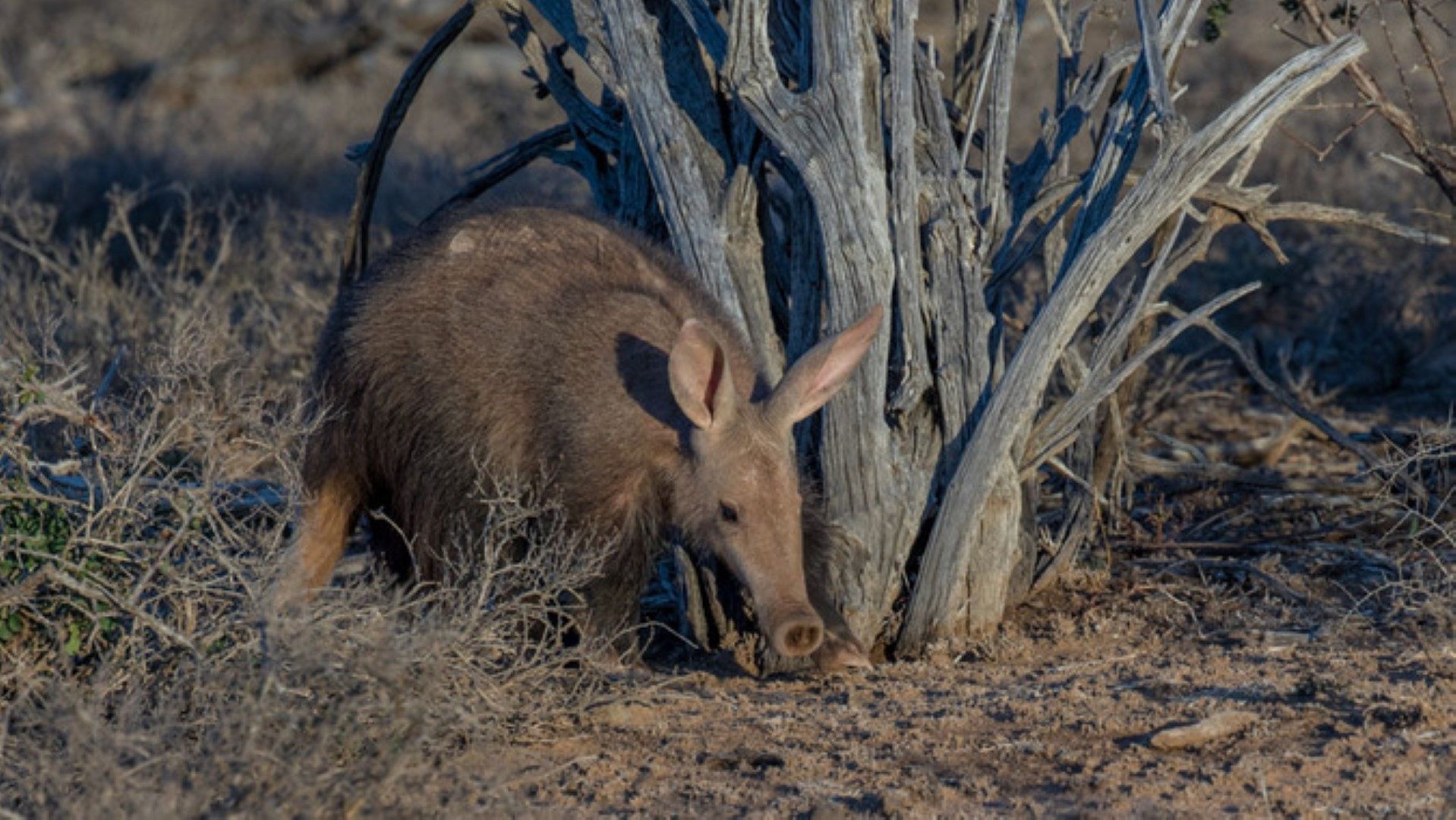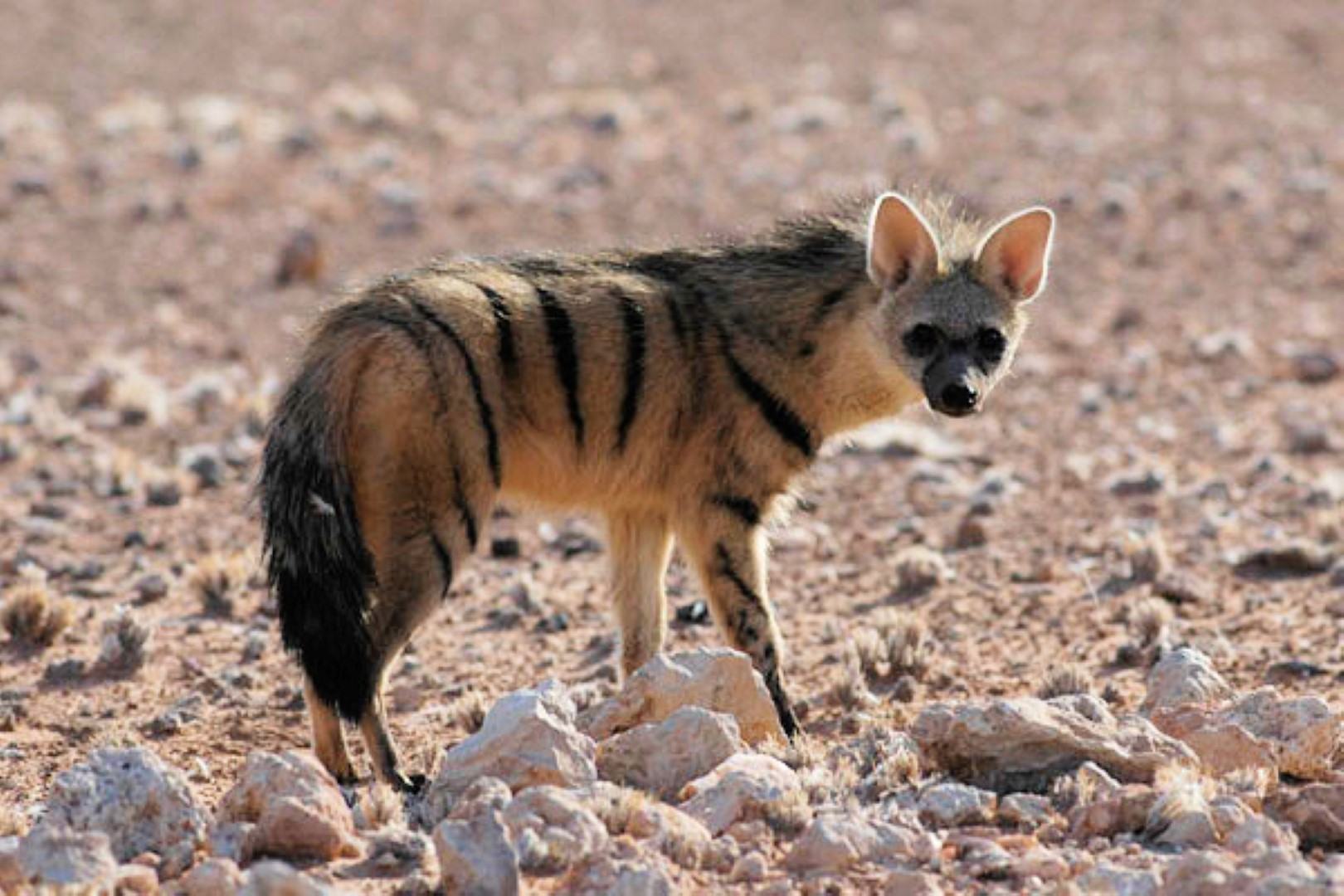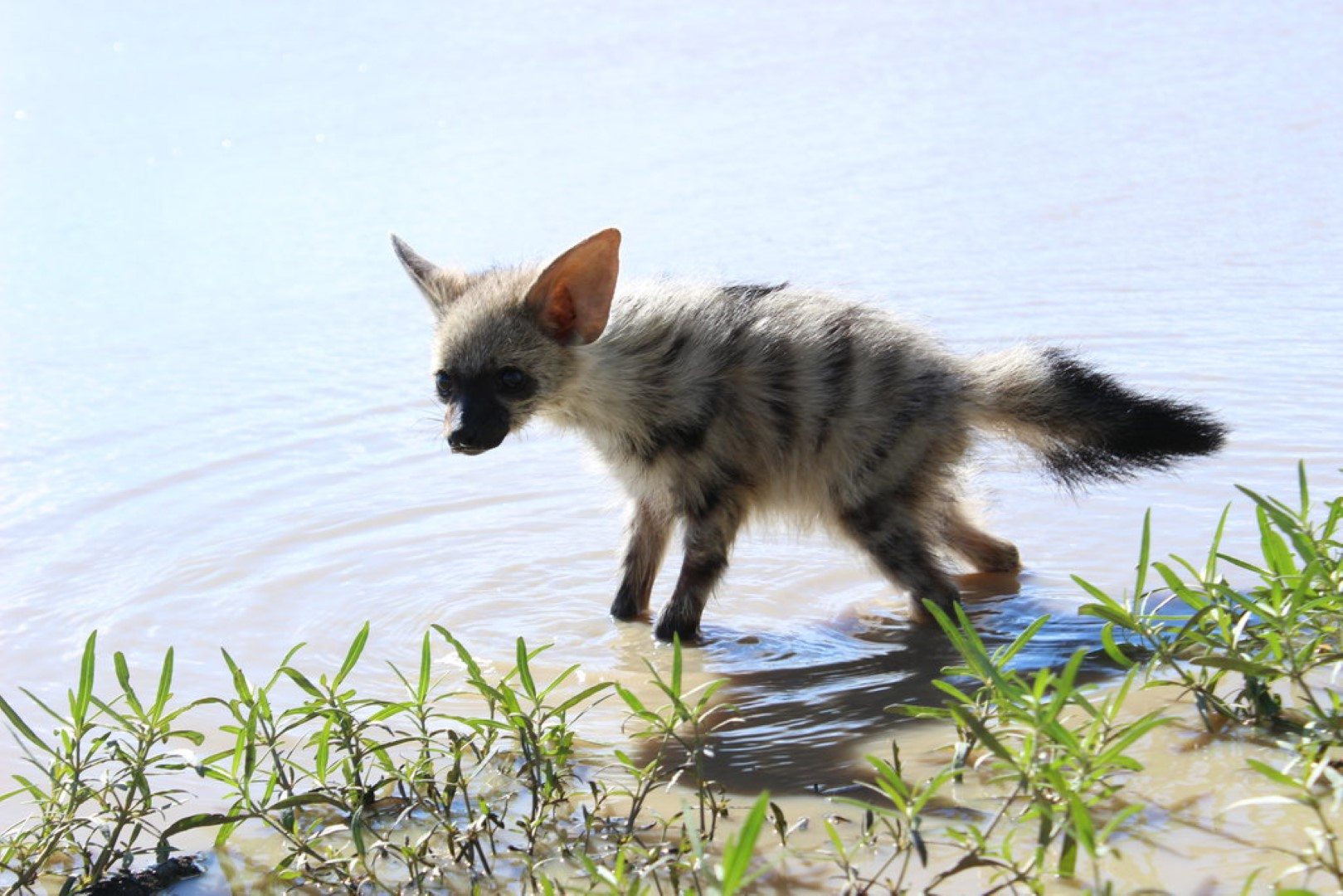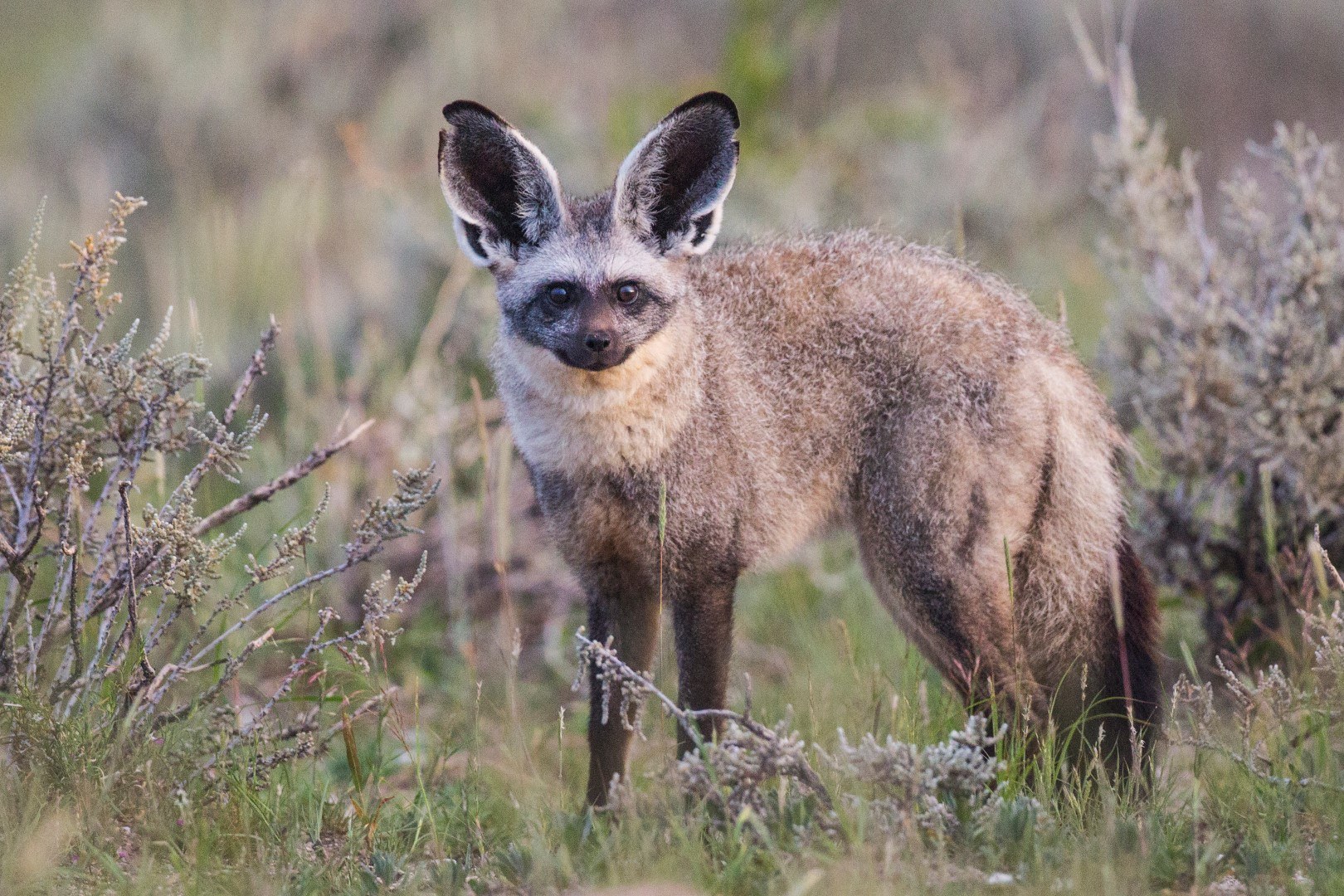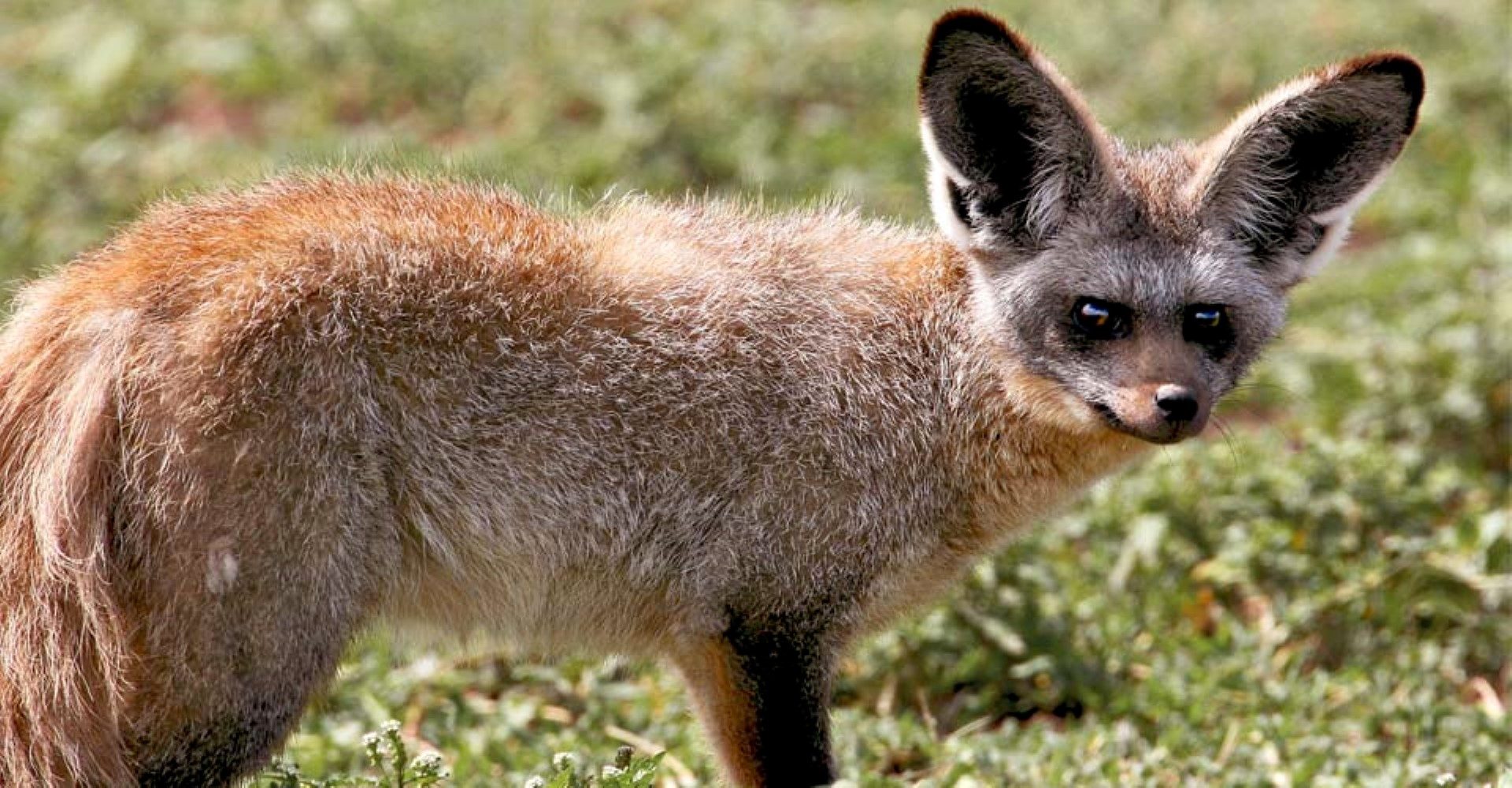At Rhino Africa, we love showing off our continent. Simply put, it’s what we do. But there’s more to it than meets the eye. Our “why” has always been about uplifting Africa’s communities and protecting its wildlife and wild spaces. And we strive to do this in the most sustainable way possible. With this in mind and due to our proudly South African heritage, Mandela Day is a very special day for us. So, here’s what we got up to this year.
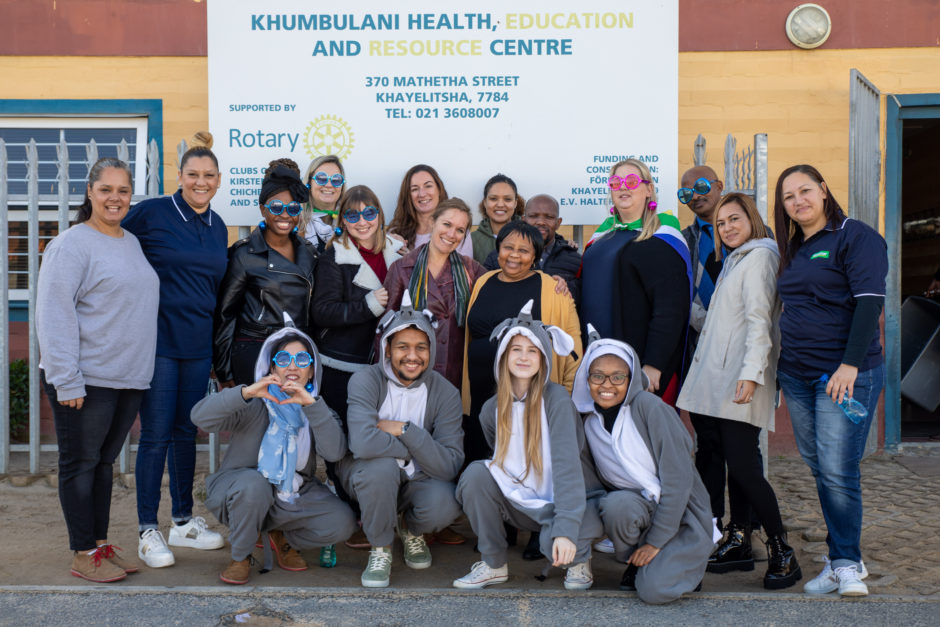
The Rhino Africa dream team at Khumbulani Centre on Mandela Day 2022, Image Credit: Marlin Clark
What is Mandela Day?
Nelson Rolihlahla Mandela (affectionately known by South Africans as Madiba) was a social rights activist, politician and philanthropist who became South Africa’s first democratically elected president. He dedicated a large portion of his life to the fight against the rule of the apartheid government and spent a total of 27 years in prison. Following his release and subsequent election as president, Mandela became a worldwide icon for reconciliation.

Nelson Mandela visiting Robben Island where he was imprisoned, Image Credit: Jürgen Schadeberg
In 2010, the United Nations General Assembly (UNGA) declared the 18th of July, the late President Nelson Mandela’s birthday, as Nelson Mandela International Day. As a result, this annual event commemorates his commitment to human rights, conflict resolution and reconciliation and his pivotal role in supporting Africa’s independence and unification.
Mandela Day encourages people worldwide to pay tribute to the legacy of arguably one of the greatest humans in history. Therefore, every year, millions of people do so by serving those in need and contributing to communities. Participants offer 67 minutes of their time on Mandela Day as a symbolic gesture recognising the 67 years that Nelson Mandela spent fighting for justice, equality and human rights for all.
Why is Mandela Day important?

Rhino Africa founder and CEO, David Ryan, spending time with the children of Khumbulani
A global movement for positive change begins with small actions. Therefore, Mandela Day is a global call to action that celebrates the belief that everyone has the potential to make a difference. Furthermore, it proves that even these small actions can help raise awareness. Doing so also broadens the reach of Mandela’s values of opposing injustice, assisting those in need, and practising reconciliation.
Recognising and reaching out to those in need is fundamental to building a sustainable society that offers opportunities for all. Therefore, what may seem like a small donation or contribution today could actually be a part of a life-changing intervention for a group of school children, thereby propelling them to a more hopeful future.
How the Rhinos got involved in Mandela Day

Getting creative is great, but when it ends with a tasty treat it’s even better
Rhino Africa believes that empowering future generations of conservationists, innovators, and leaders begins with community upliftment and education. As a result, Rhino Africa has a long history of collaboration with the Khumbulani Health, Education and Resource Centre.
On Mandela Day this year, a team of our Rhinos visited the Khumbulani Centre to spread the love of this joyous day. We were warmly welcomed to the facility by Mama Gloria and her amazing team before being shown around.
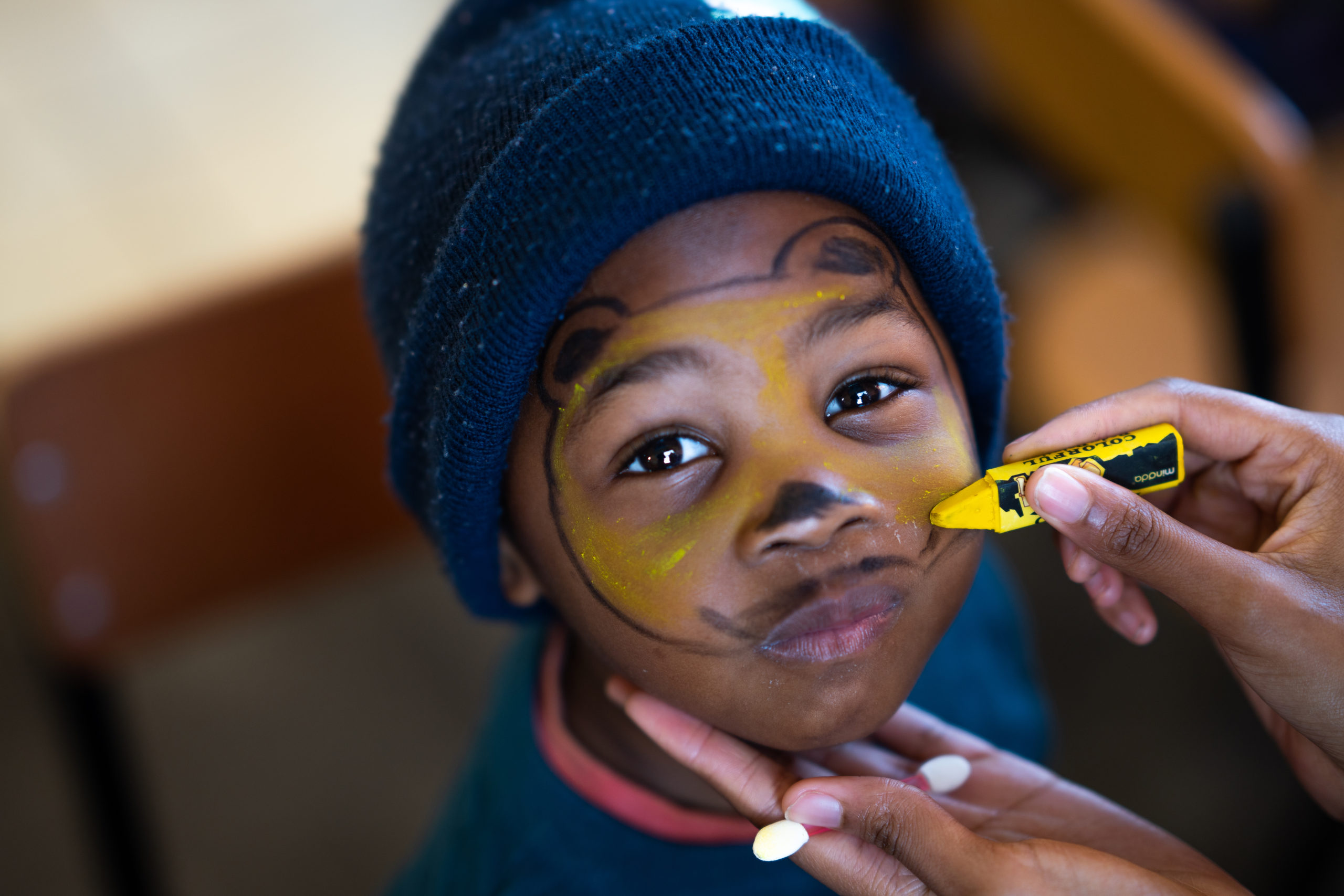
Striking a pose while getting your face painted is no easy task
The delighted faces of the little ones lit up as we entered the classrooms, each group performing a song for us in greeting! Our Rhino helpers went from class to class with face paints and fun activities to entertain the children while the cupcake decorating station and jumping castle were being set up.

Hands up if you’re ready for cupcakes!
Each child could decorate as many cupcakes as they wanted to with different coloured frosting, sprinkles and glitter. And, of course, what would a Mandela Day cupcake be without a rainbow-coloured Mandela fondant disc for each one!
A bite to eat, and the children were off, squeals of delight ringing through the air as their little feet bounced on the jumping castle. Tummies full and hearts happy, it was time for the Rhinos to say goodbye. But not forever, as we’ll be back in the very near future.
What is Khumbulani?

Khumbulani rises out of Khayelitsha like a beacon of hope for the community
Established by a group of nine women in the early 2000s, Khumbulani recognised the community of Khayelitsha, near Cape Town, crying out for help. Widespread poverty and the lasting effects of the HIV/AIDS pandemic left children in dire need of support. Starting as a vegetable garden and soup kitchen operating from Gloria Bebeza’s modest home, it rapidly transformed into a beacon of hope for the community.
Today, this registered non-profit organisation serves as a haven for 300 HIV-infected and impacted children. Offering integrated services for early childhood development, youth development and food security, they have made a tangible difference in the lives of thousands of children to date. As one of Rhino Africa’s Impact Partners, every guest travelling with us to Africa helps enrich and support these children.

The children of Khumbulani waving hello!
Khumbulani offers formative, transformative, and life-changing interventions with long-lasting effects. By playing an active role in early childhood development, youth development, HIV/AIDS wellness, and food security, they aim to provide a foundation for children to thrive. In the long term, actions like these empower the community to restore dignity, self-pride and self-reliance.
Travel the Rhino Way and Make a Difference
Doing good isn’t just part of what we do at Rhino Africa. In fact, it’s why we exist. Our purpose goes beyond showcasing the wonders of Africa to our guests. More importantly, we want to make a sustainable difference on the African continent.
So, when you choose to travel with us, it’s more than a holiday. It’s an investment in Africa’s sustainable future that ensures you become part of leaving a lasting legacy on our continent.


